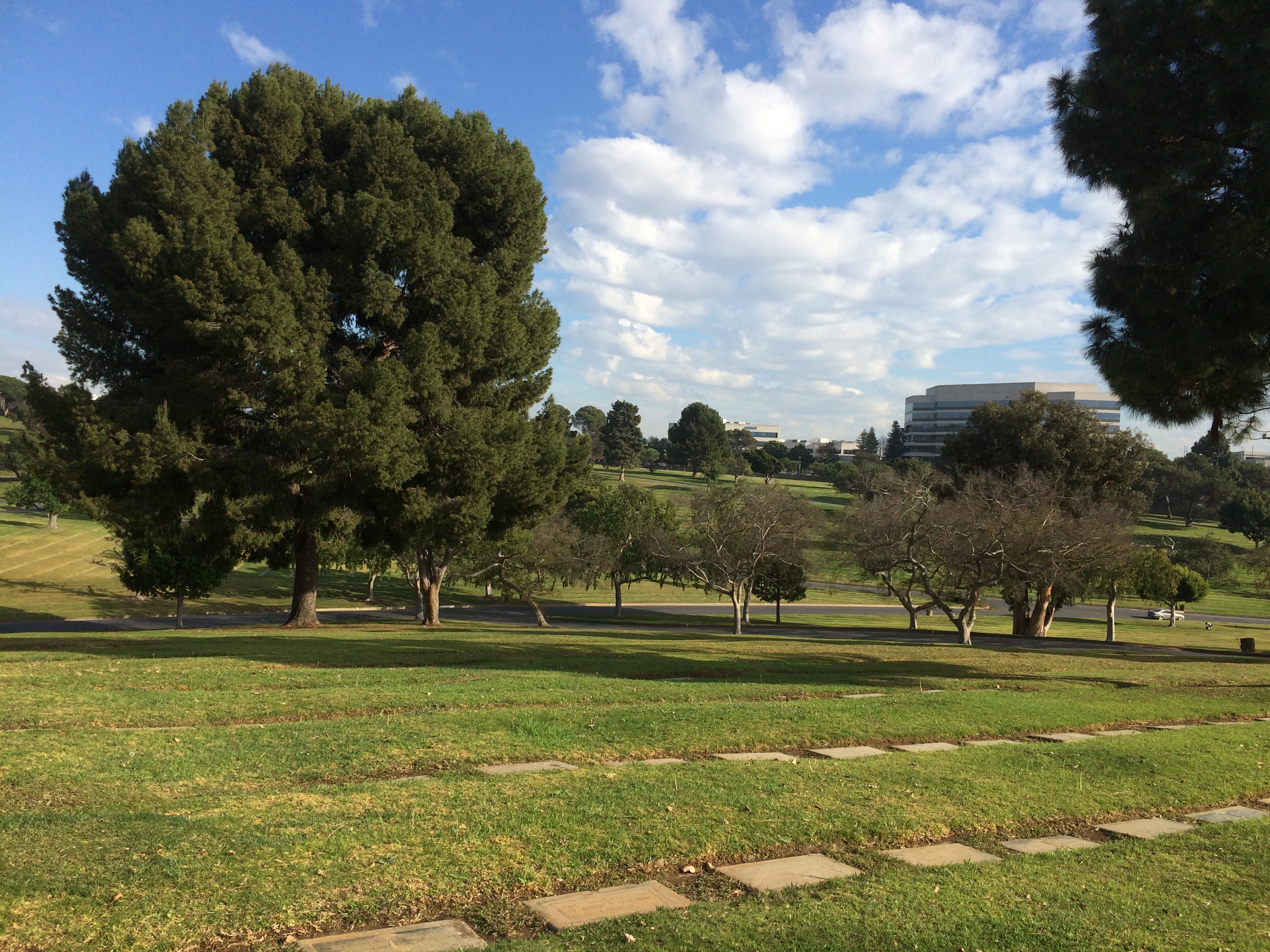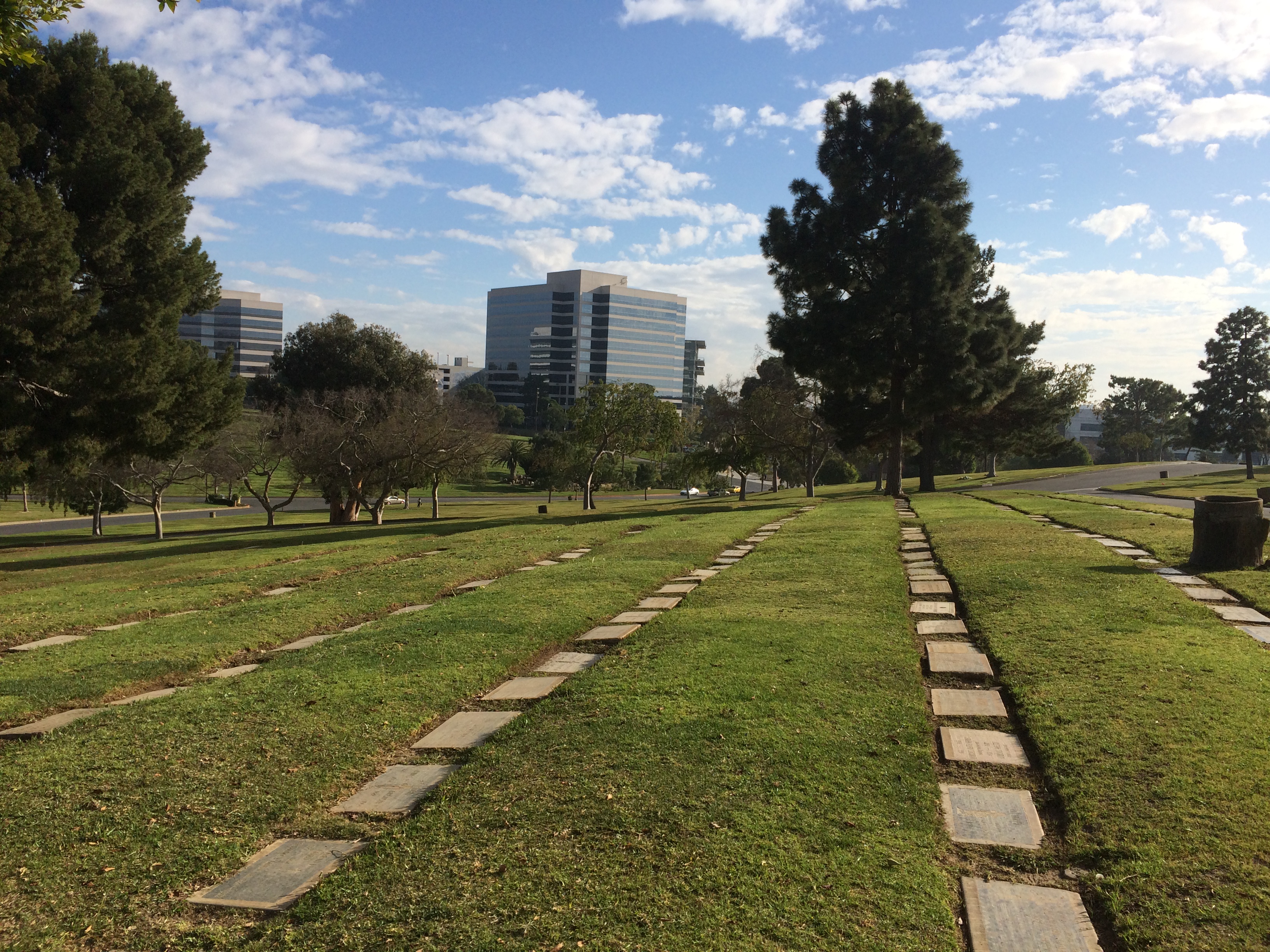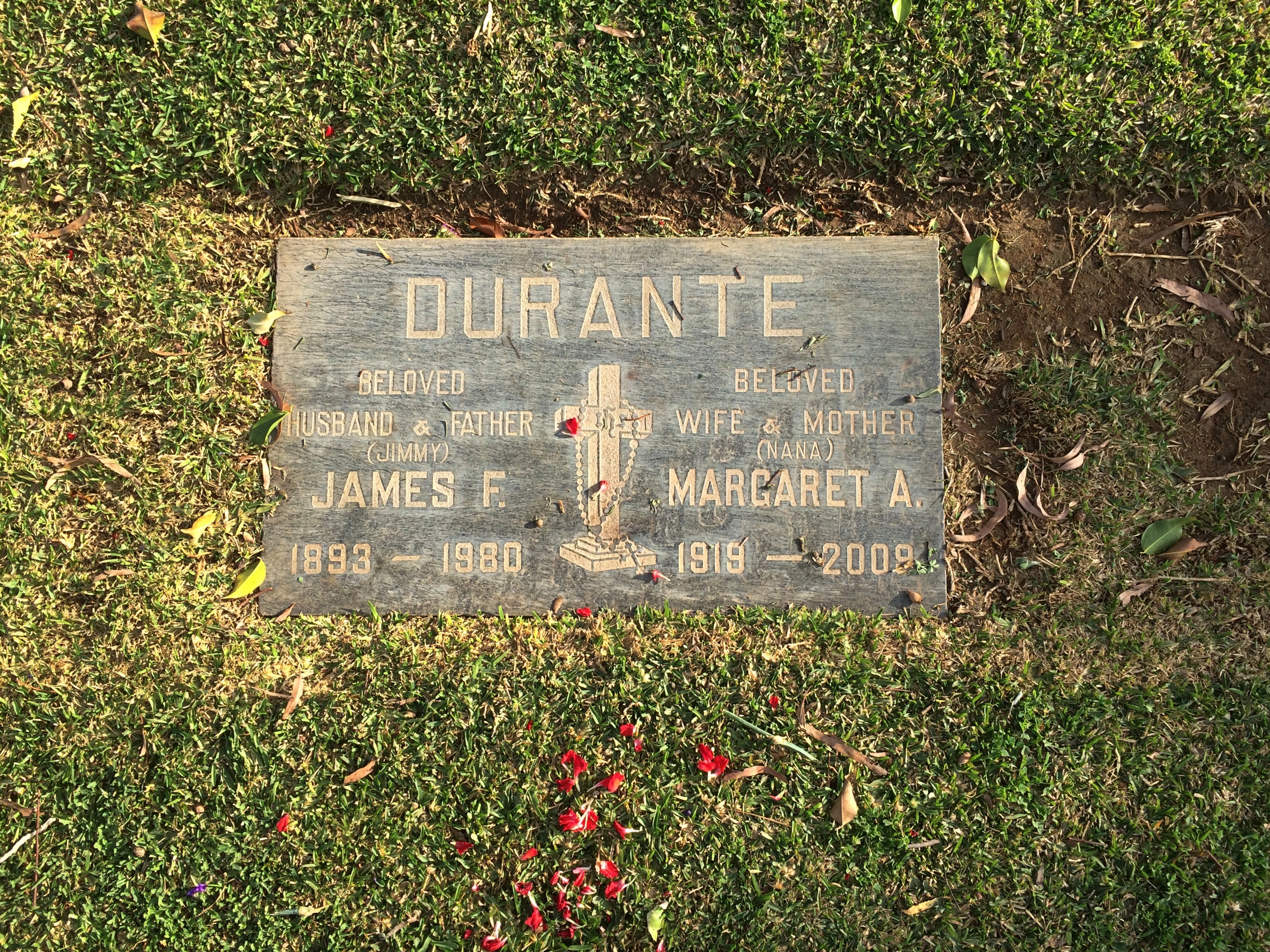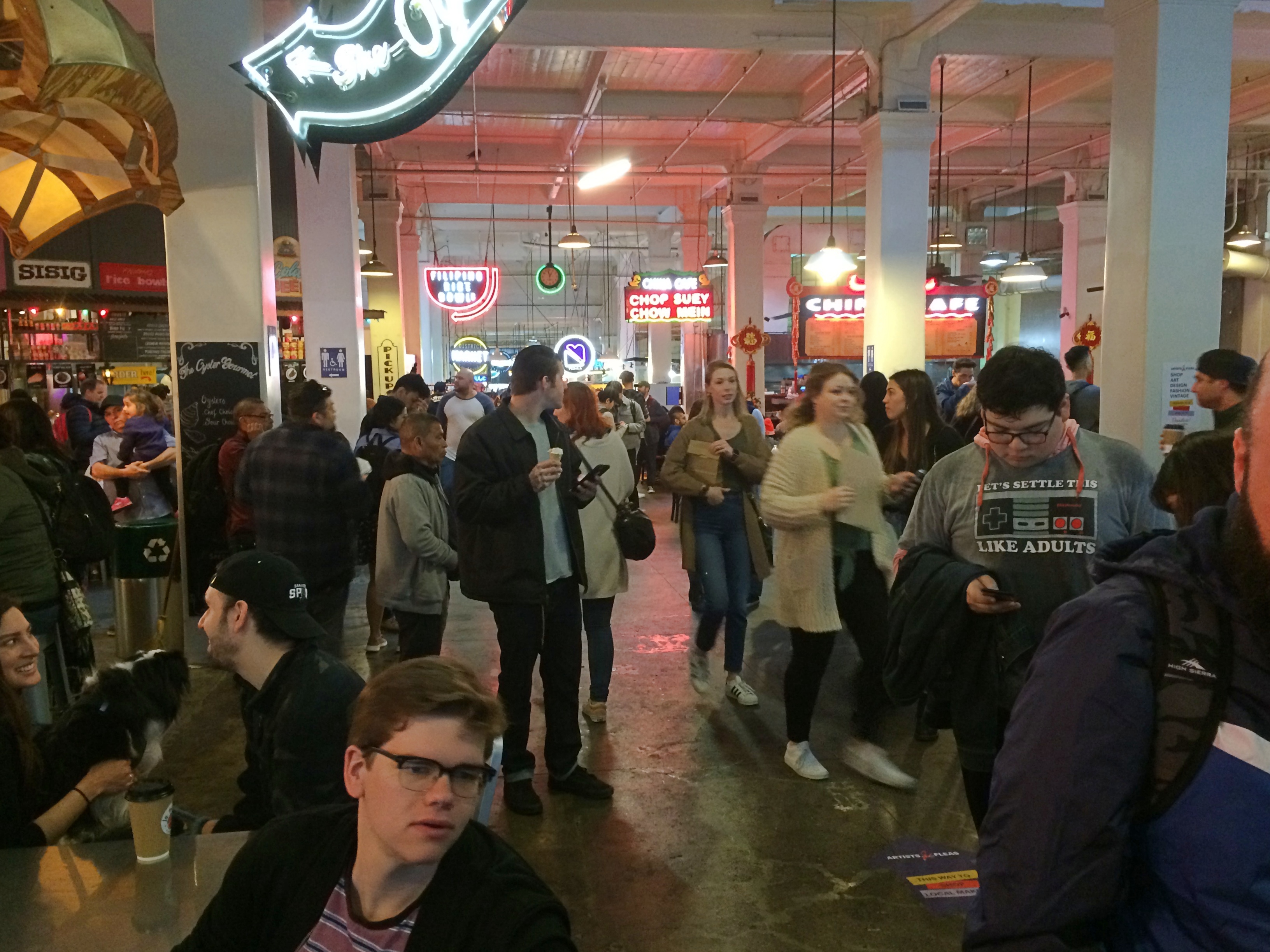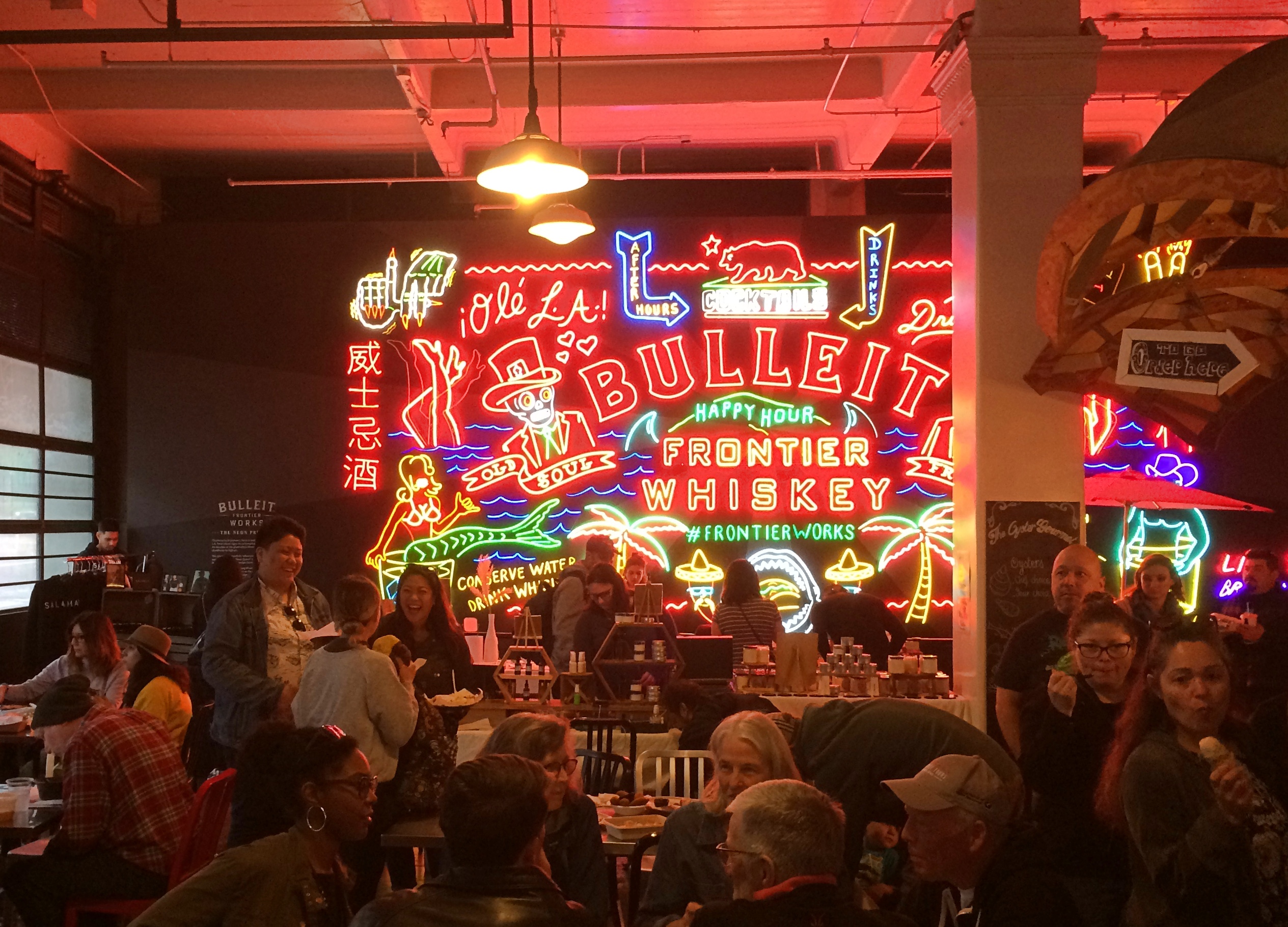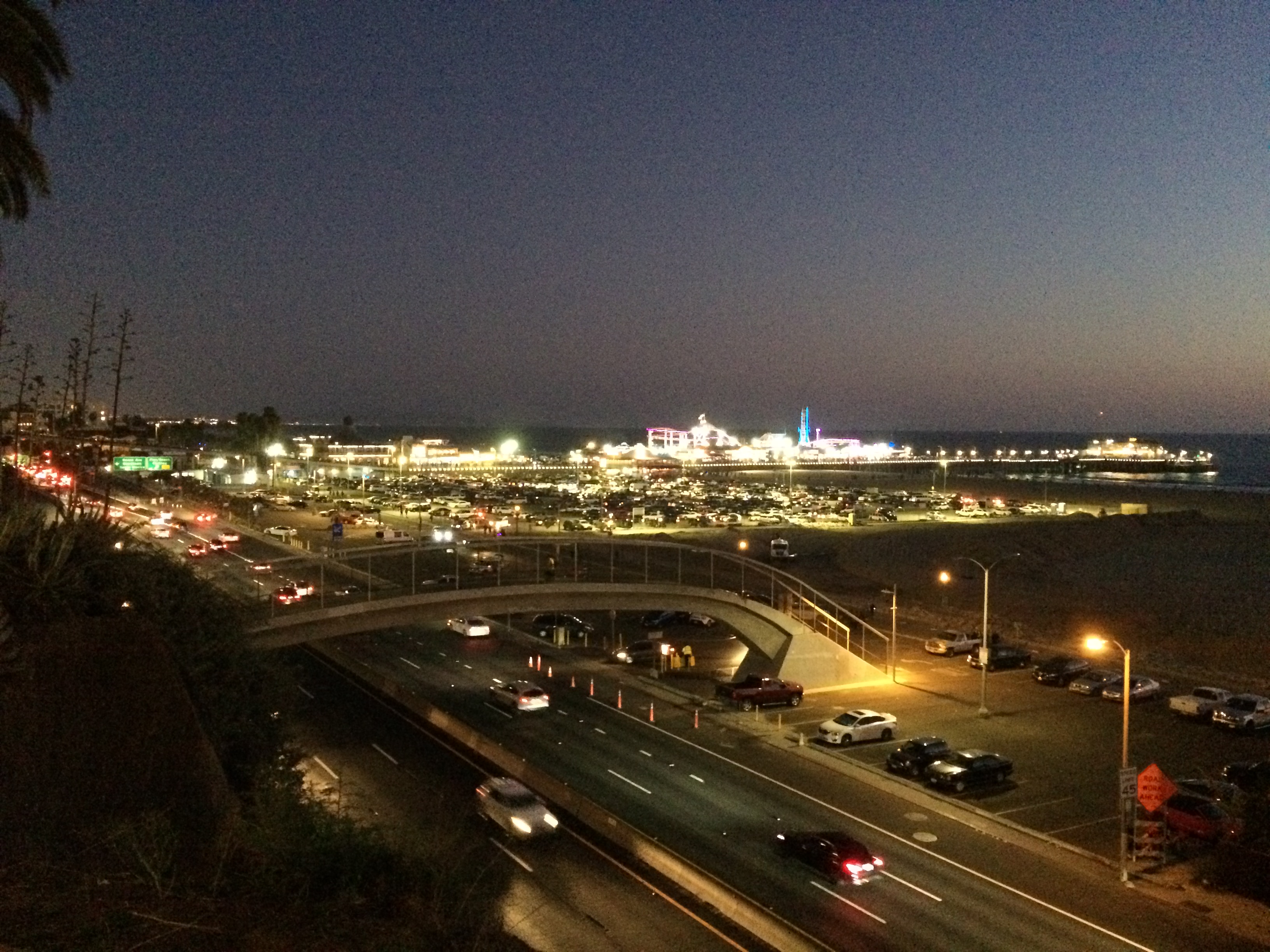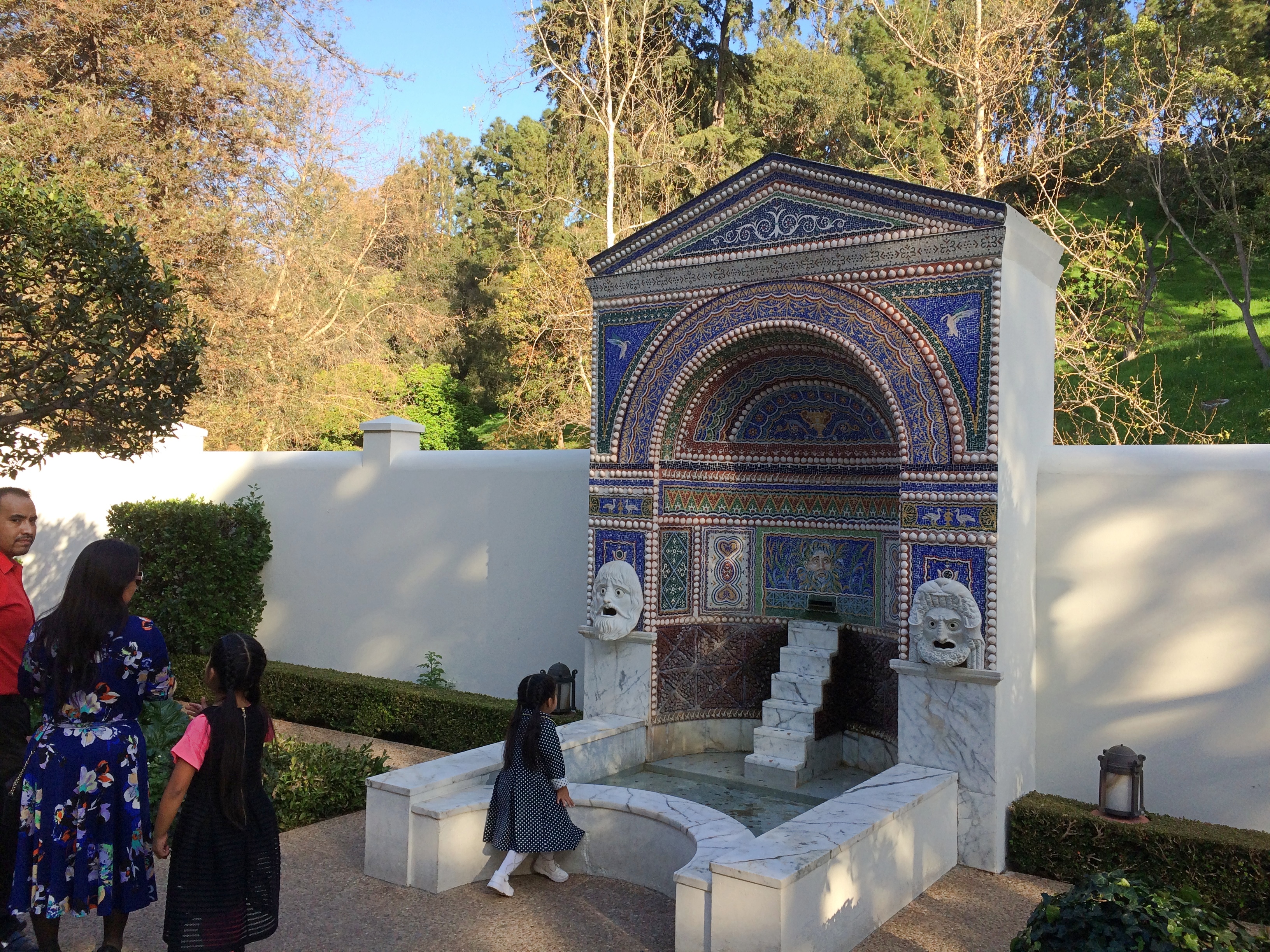Not far from the Cathedral of Christ the Light in Oakland is Lakeside Park, the lake being Lake Merritt. The afternoon of October 28 was sunny and pleasant in Oakland. Actually a little warm; I should have brought some water.
Nice views of the city from the park.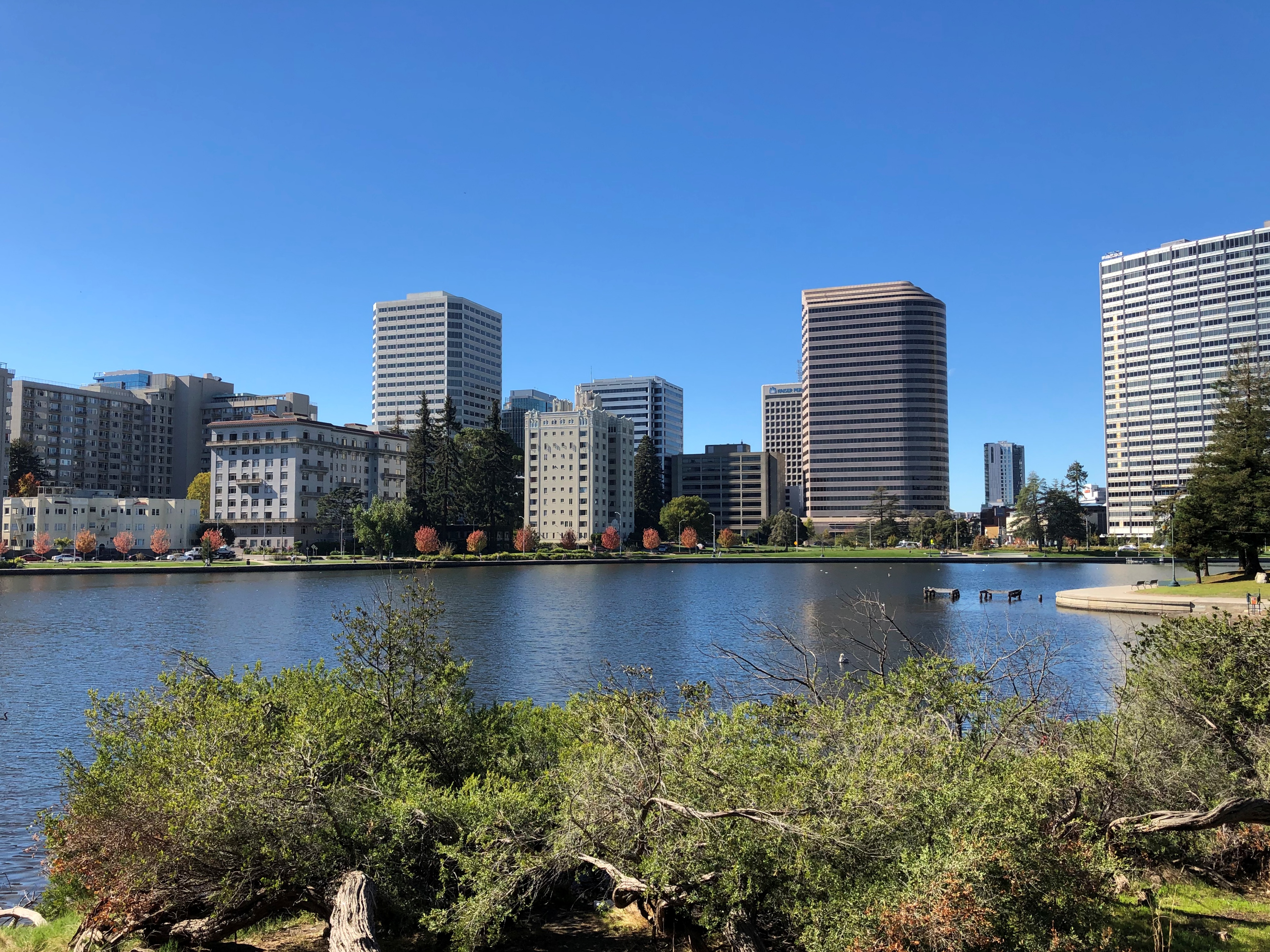

With wildlife to be found. Small examples, at least.
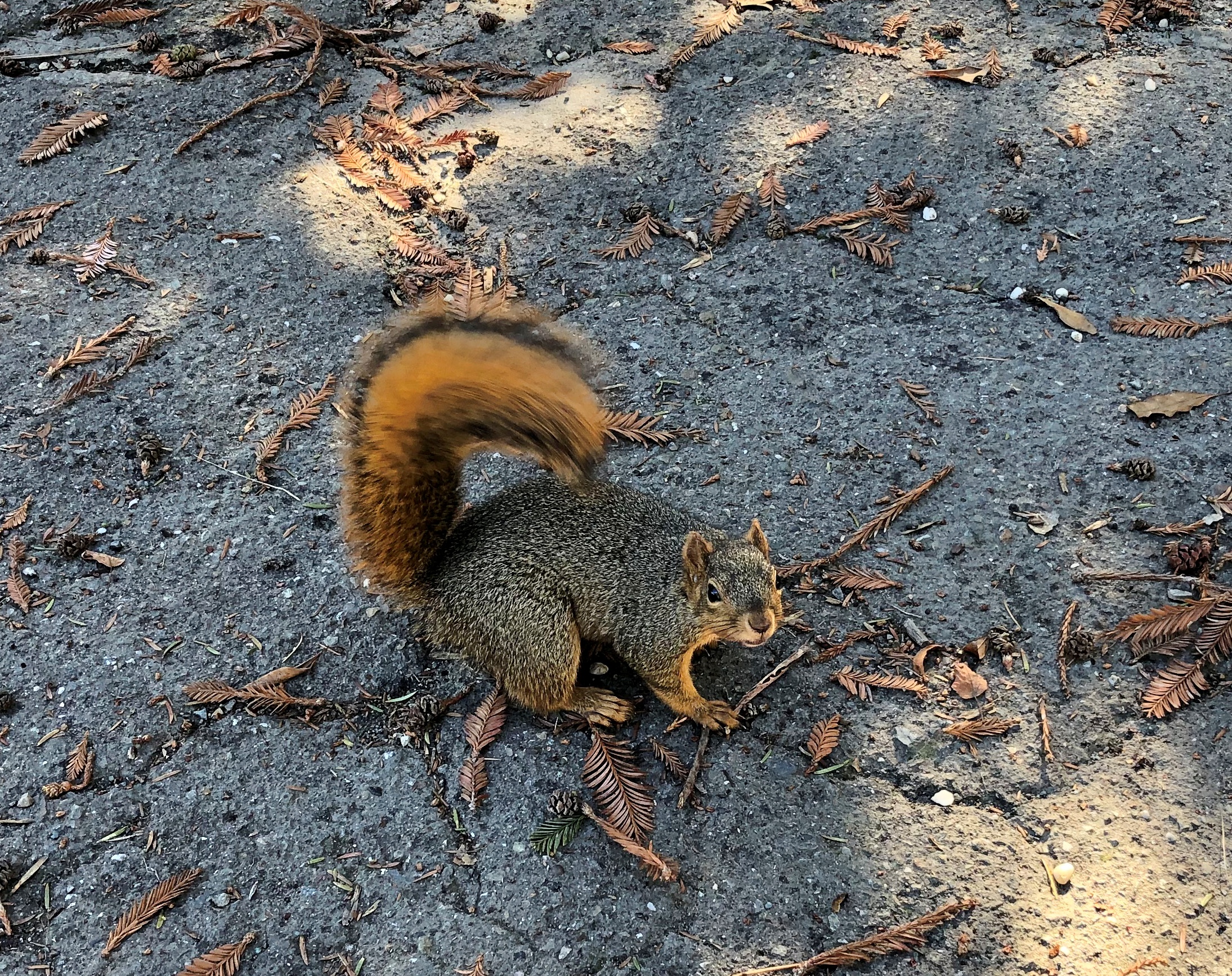
This isn’t a gazebo. No. It’s a bandstand. Quite a bandstand.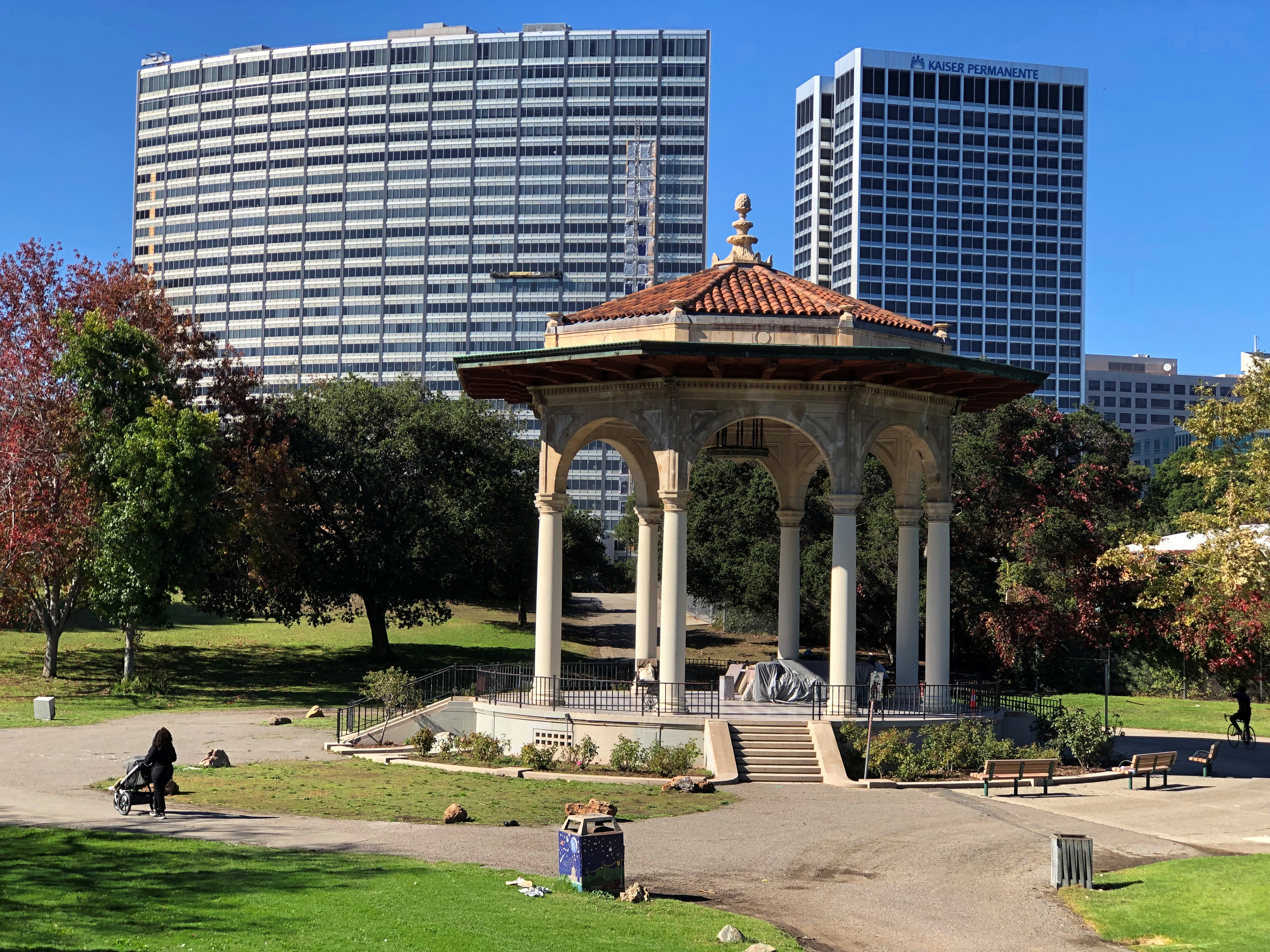
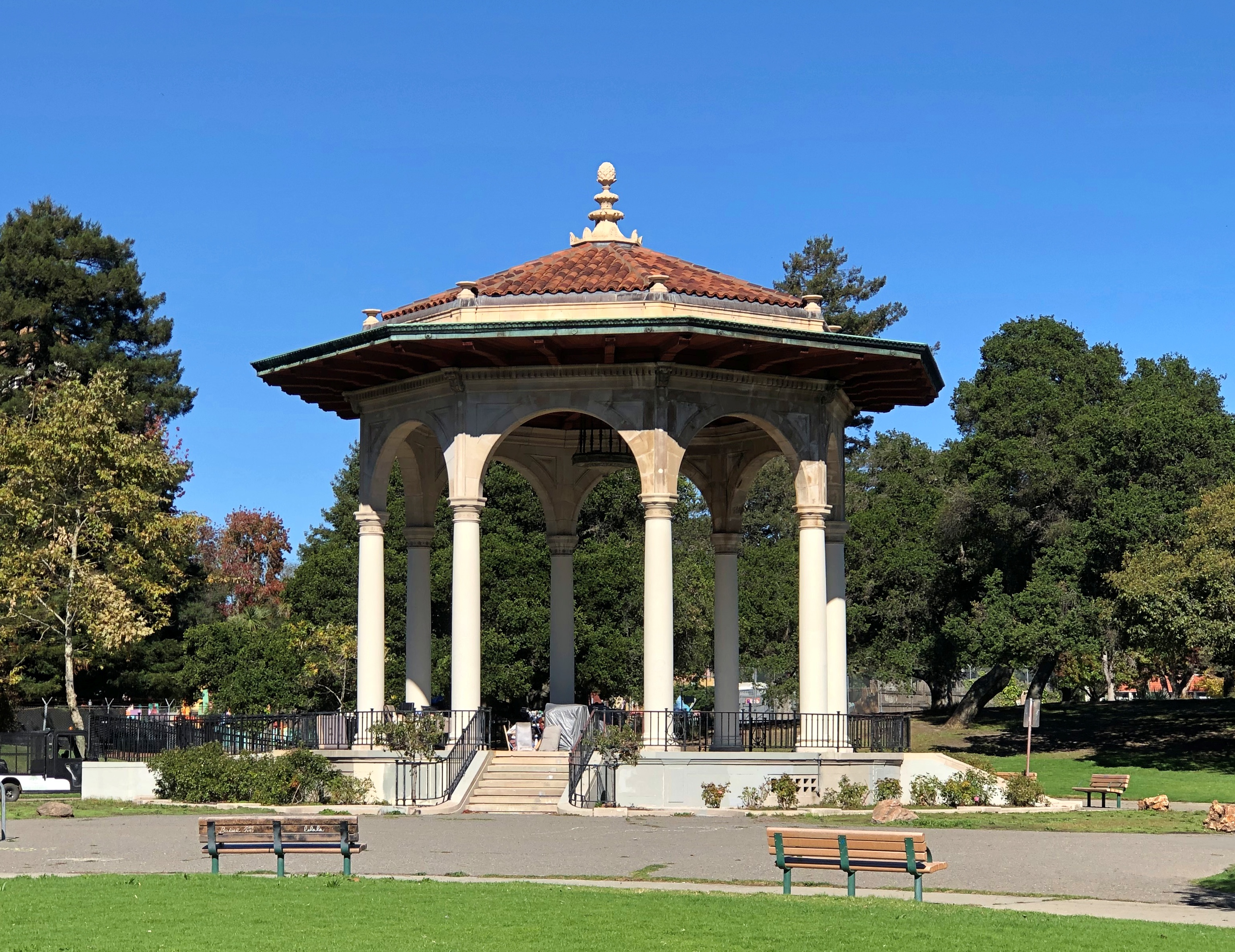
A section of the park is given over to the Gardens at Lake Merritt.
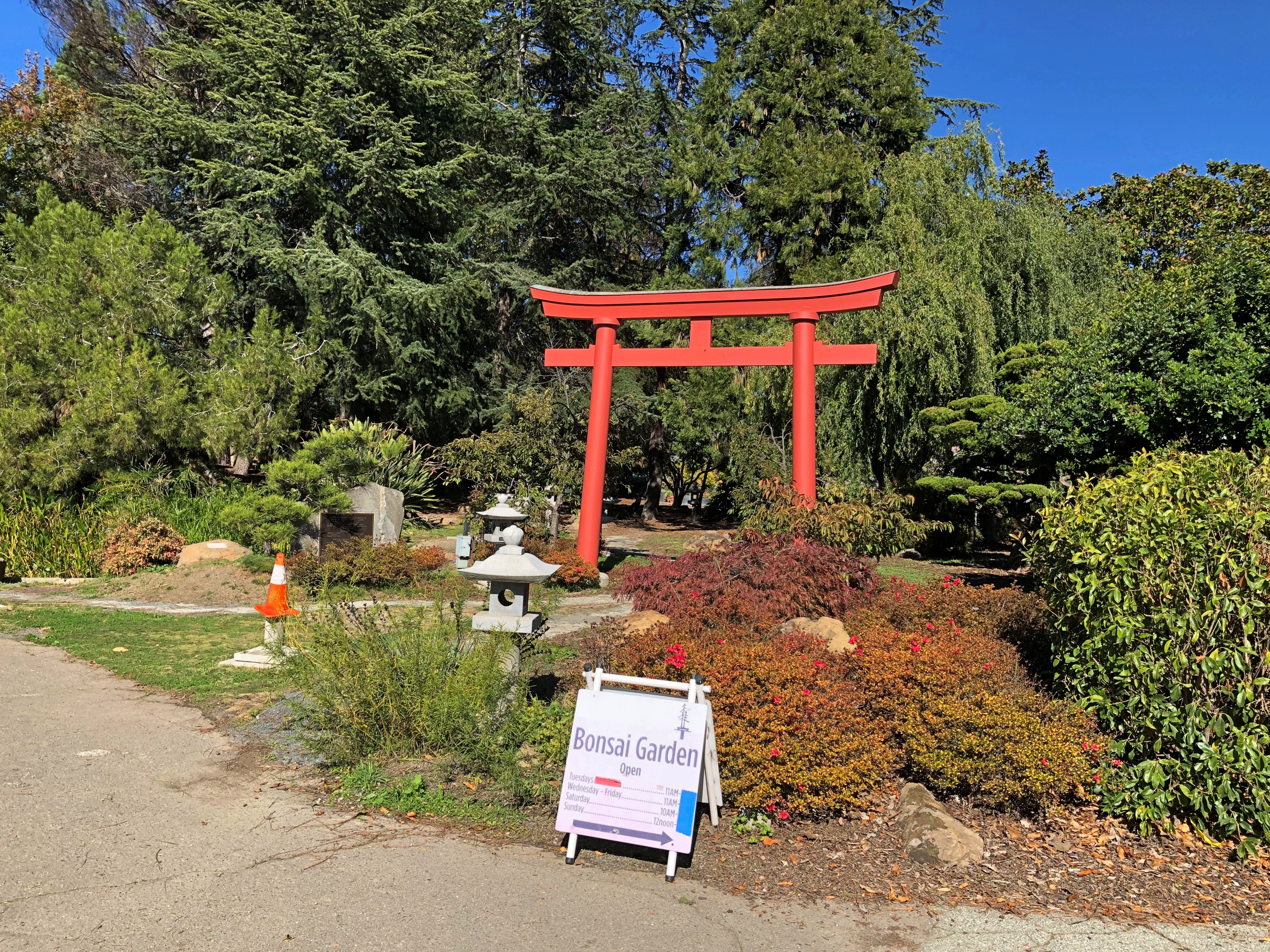
“In the late 1950s, a coalition of garden clubs and plant societies developed and built the Oakland-East Bay Garden Center,” says Pacific Horticulture. “Upon completion, the building was donated to the City of Oakland with the understanding that the coalition would be able to use it in perpetuity for meetings and other activities. Later, the various groups took on the task of landscaping the seven-acre site.
“The gardens flourished for many years under the care of 16 city gardeners. However, by the late seventies and eighties, membership in many formal garden groups waned and, little by little, the city’s resources were directed elsewhere. Inevitably, many of the garden plots were neglected, and the appearance and appeal of the Gardens declined.
“With the vision and commitment of Victoria (Tora) Rocha, who was appointed Park Supervisor in 2010, and with renewed interest from garden groups and local residents, the Gardens at Lake Merritt are once again an interesting, enticing, and very attractive group of plantings.”
Sure enough. All sorts of gardens are part of the collection: bonsai, California riparian, Japanese, lily, Mediterranean, pollinator, rhododendron, sensory and urban edible gardens, along with a native bee hotel and native lawn.

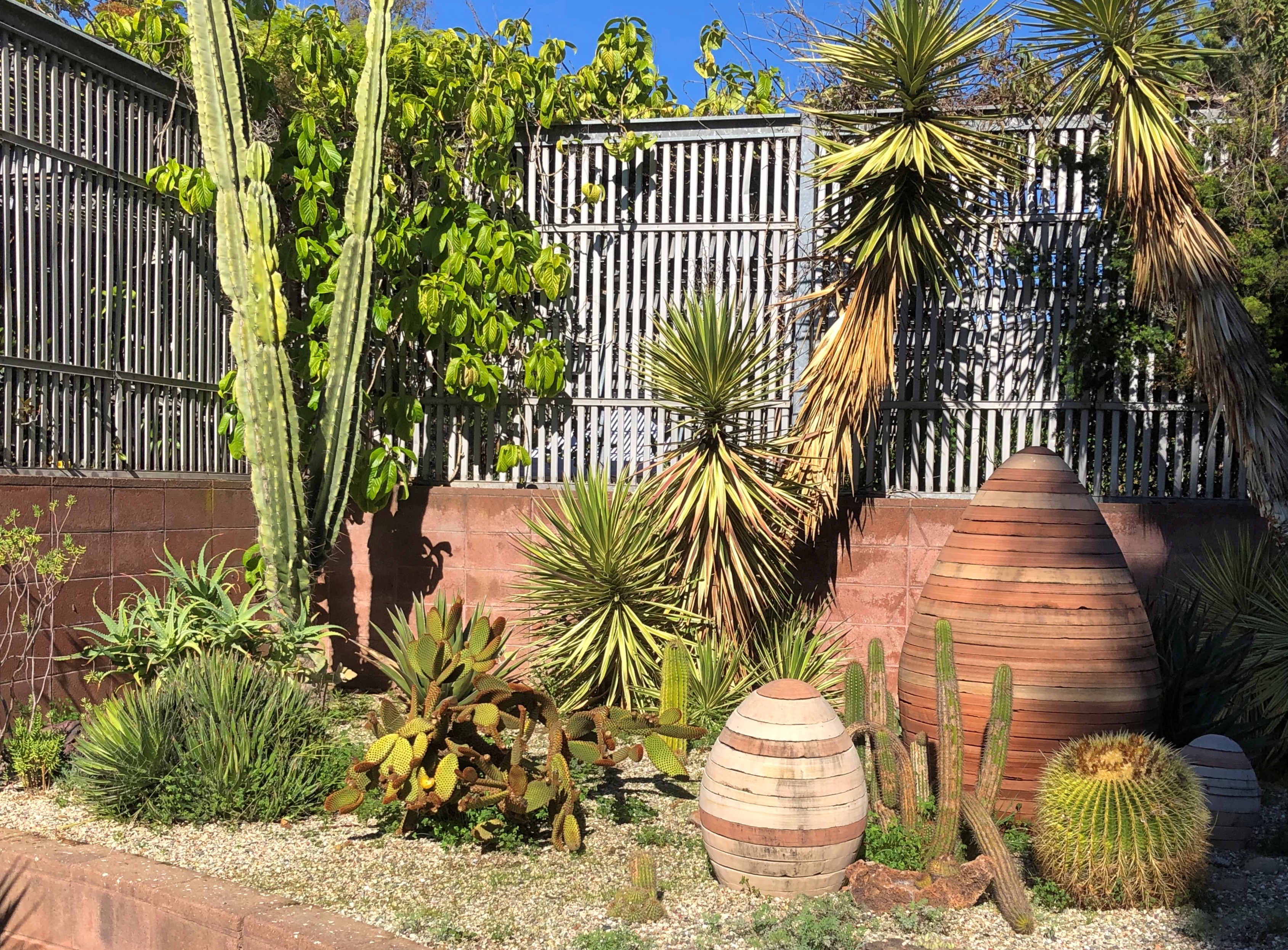
I spent the most time in the nearby bonsai garden.

A collection of more species than I would have expected, but that’s just my ignorance of things bonsai.
Not all the botanic marvels of the park were in the designated gardens. Some striking trees could be found scattered through the park.
Including the impressive whatever-it-is pictured above. A botanist, I’m not.


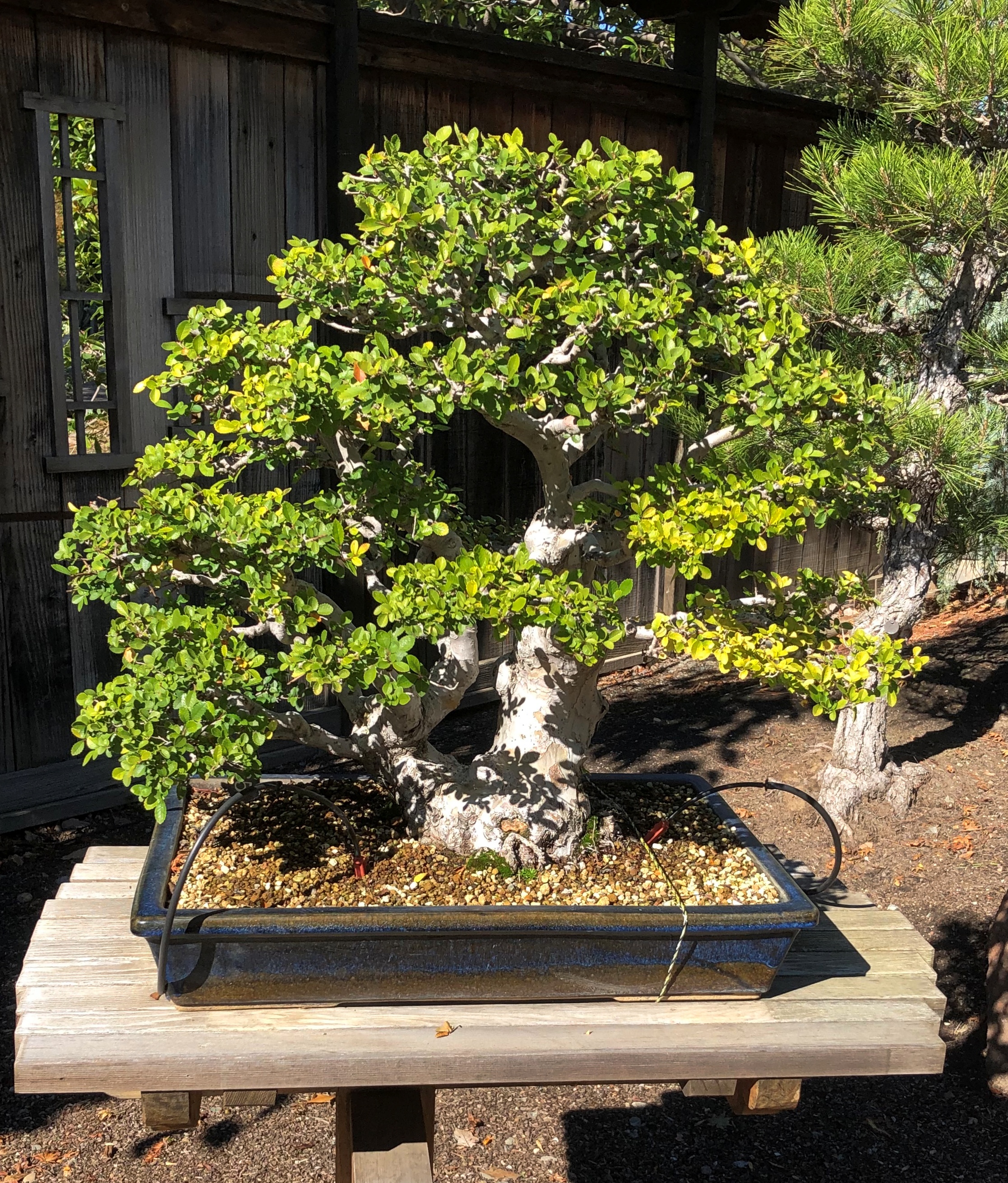



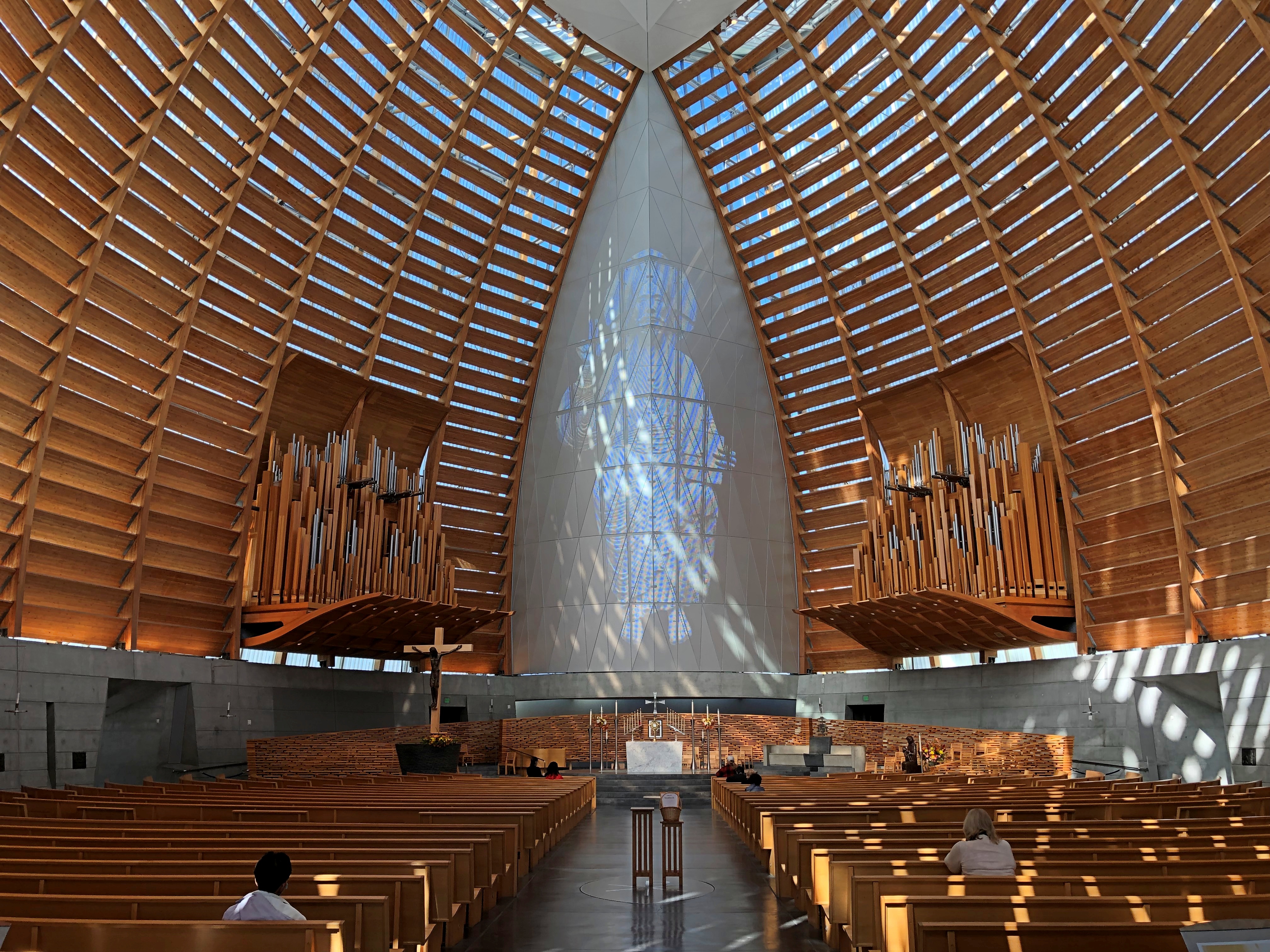

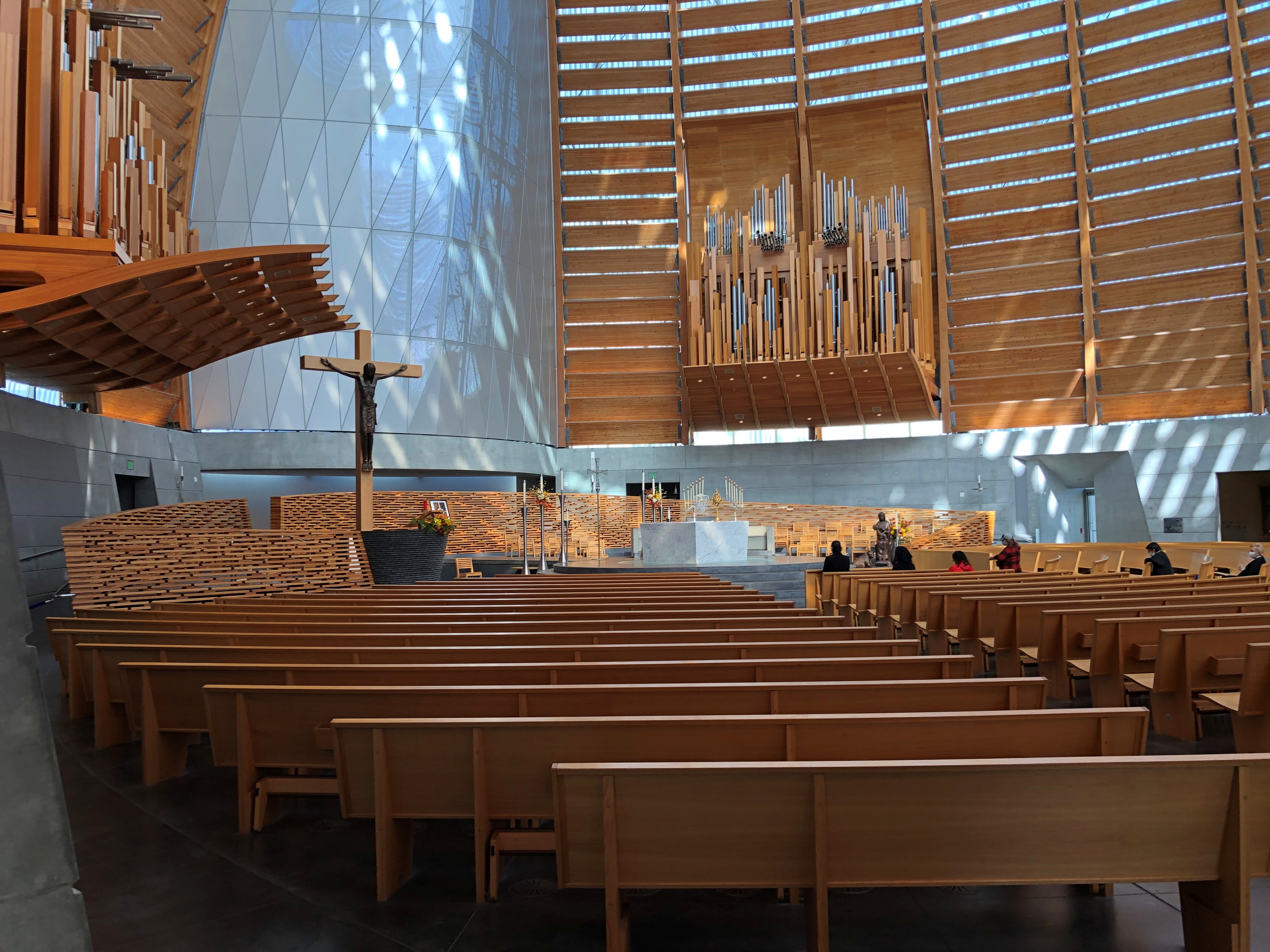


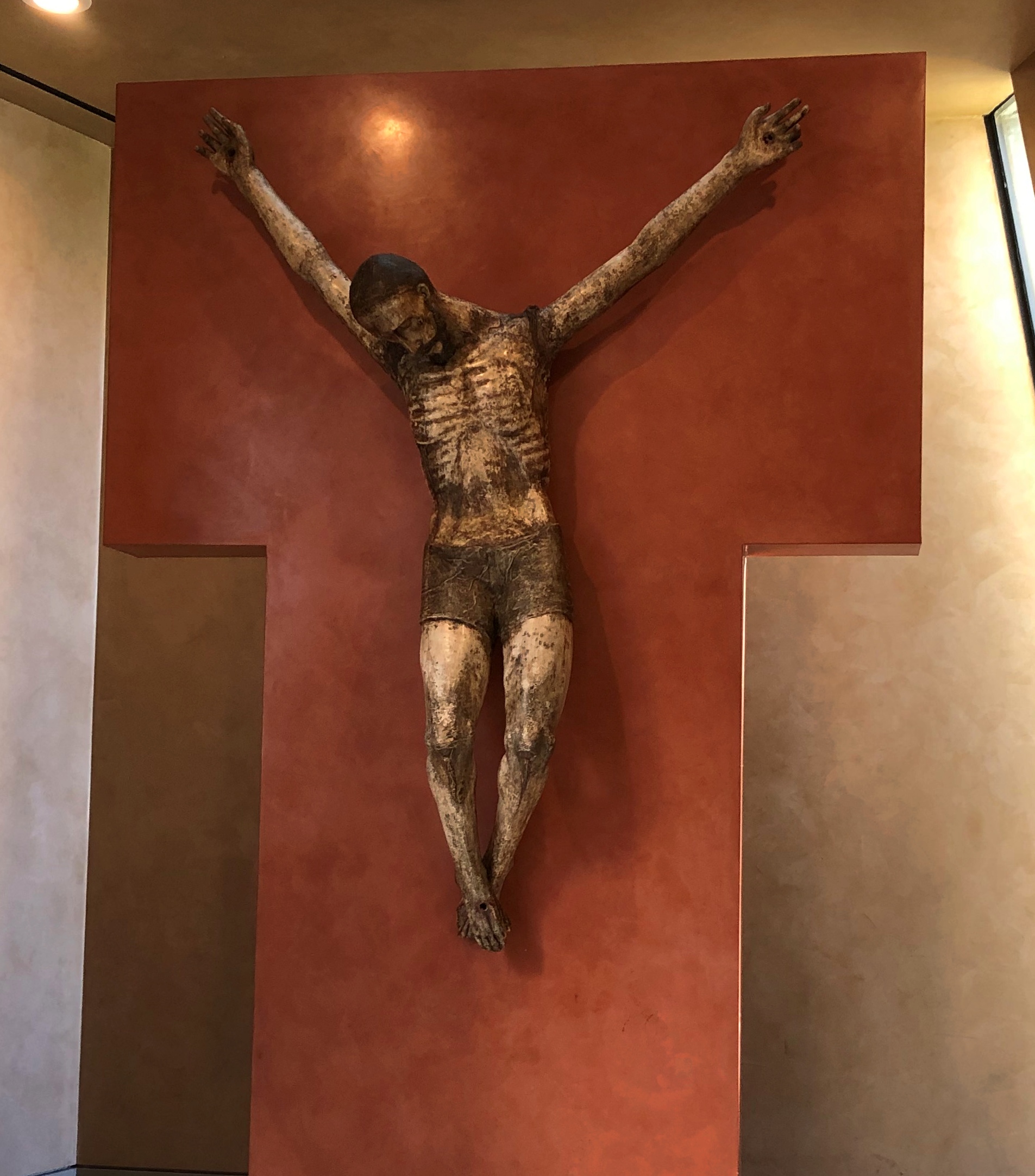


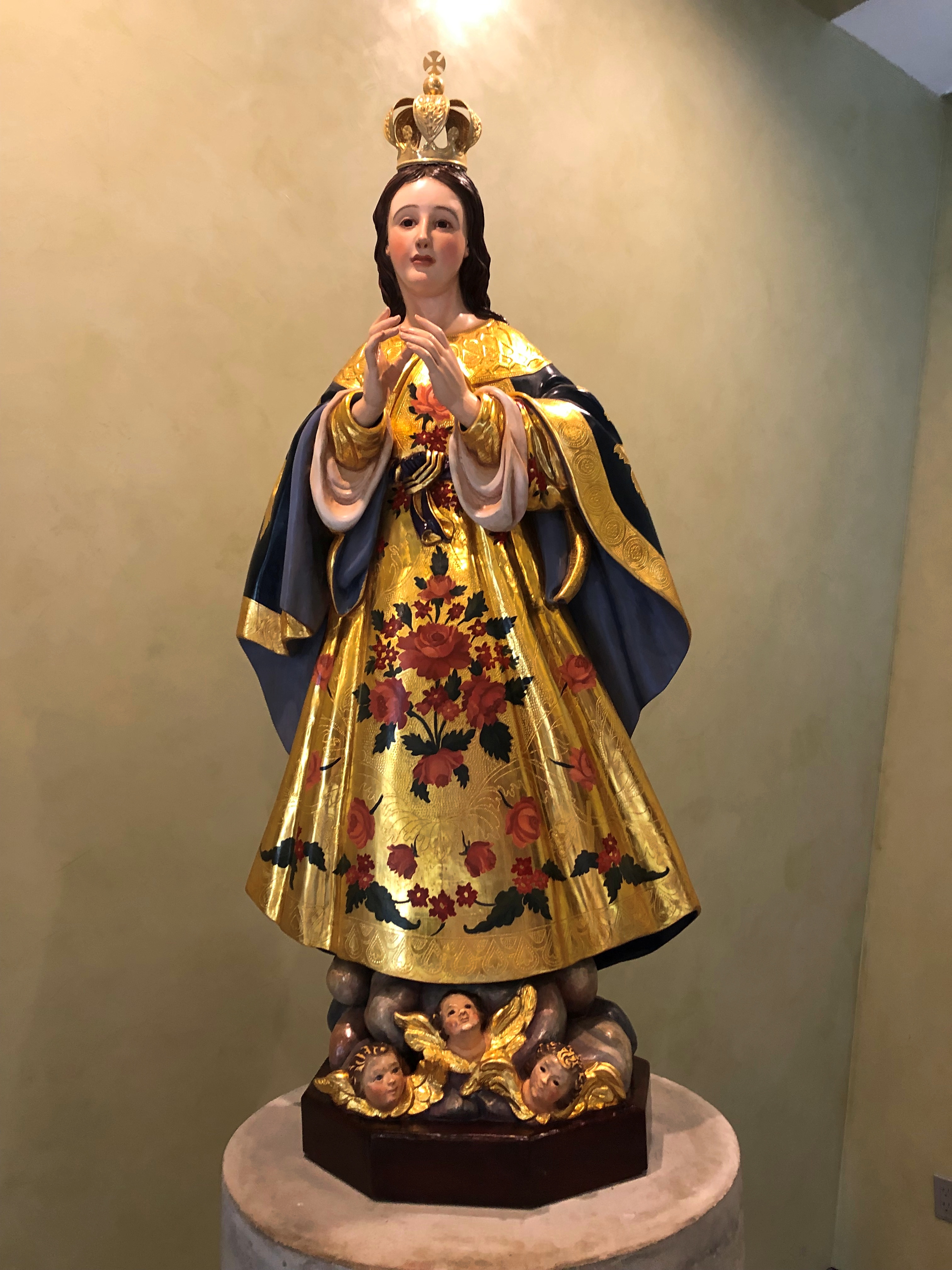







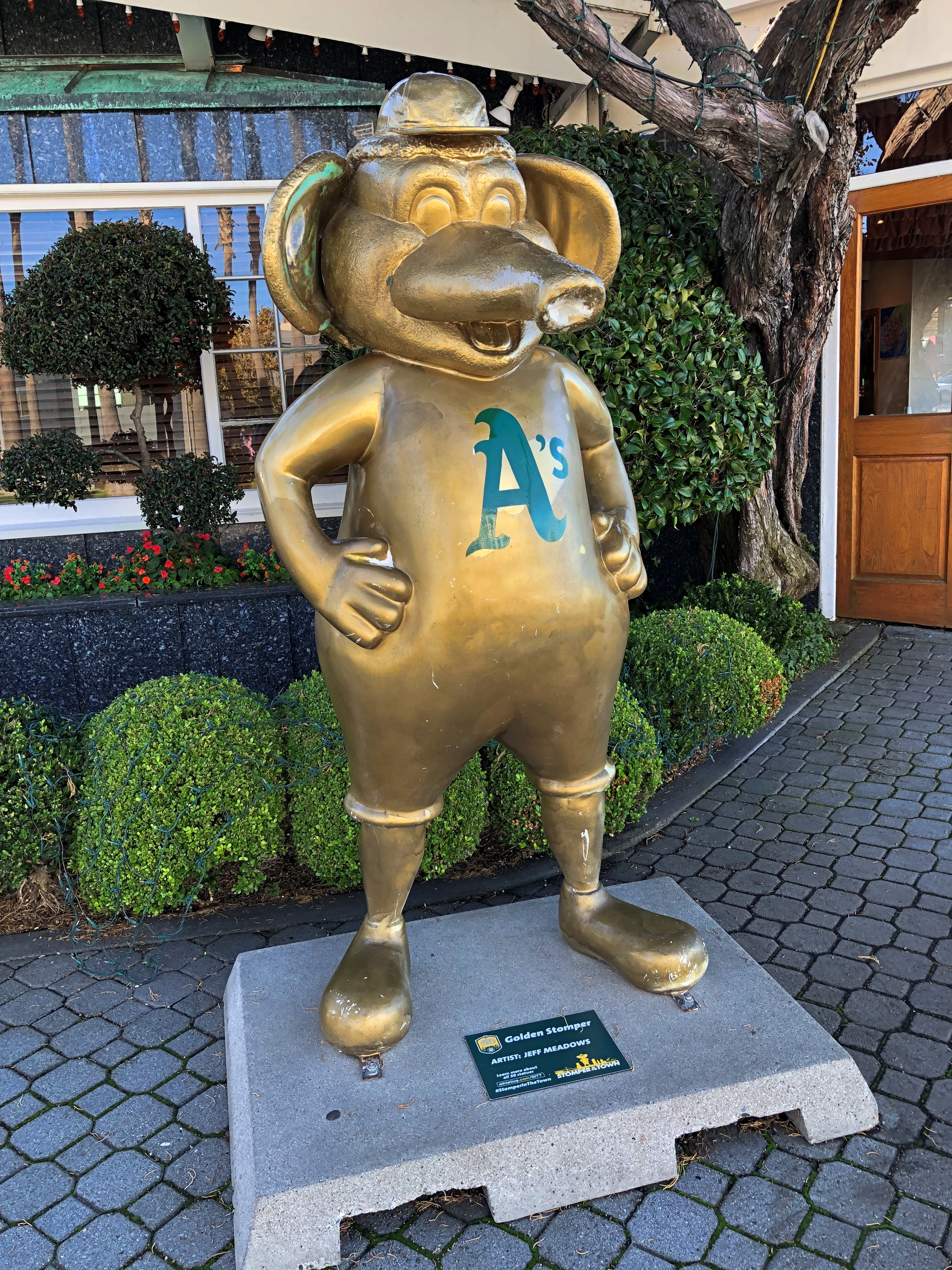
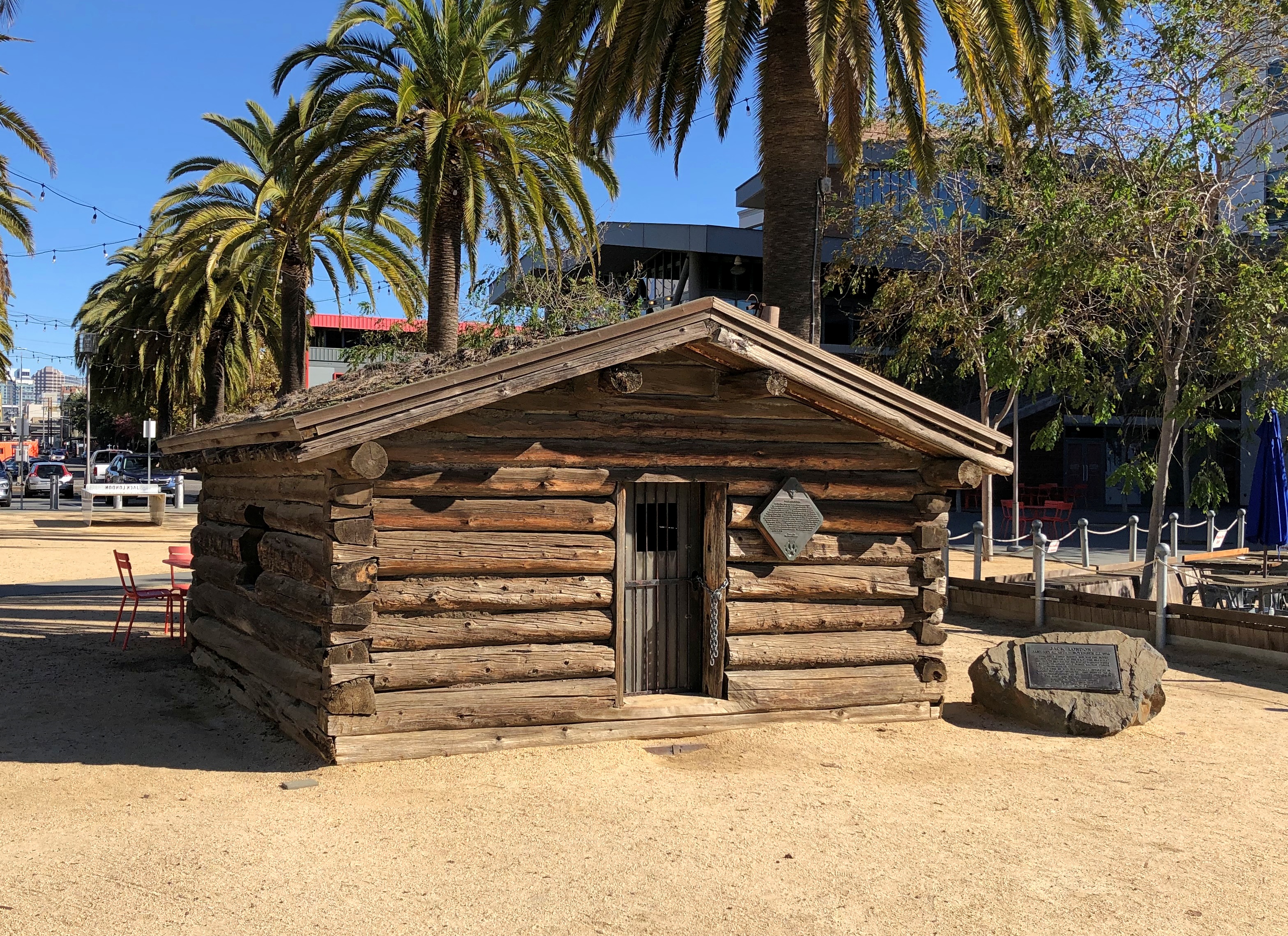

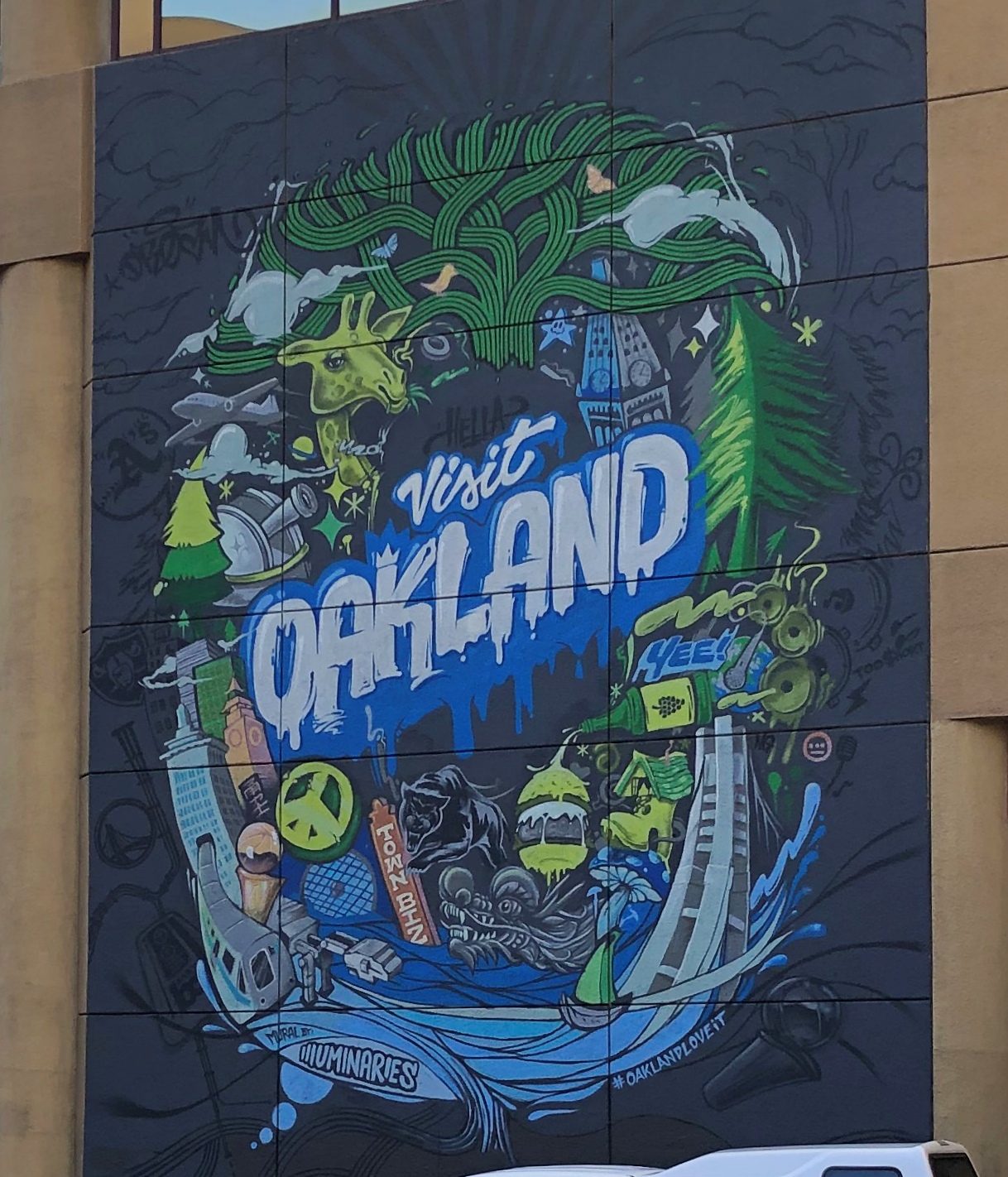
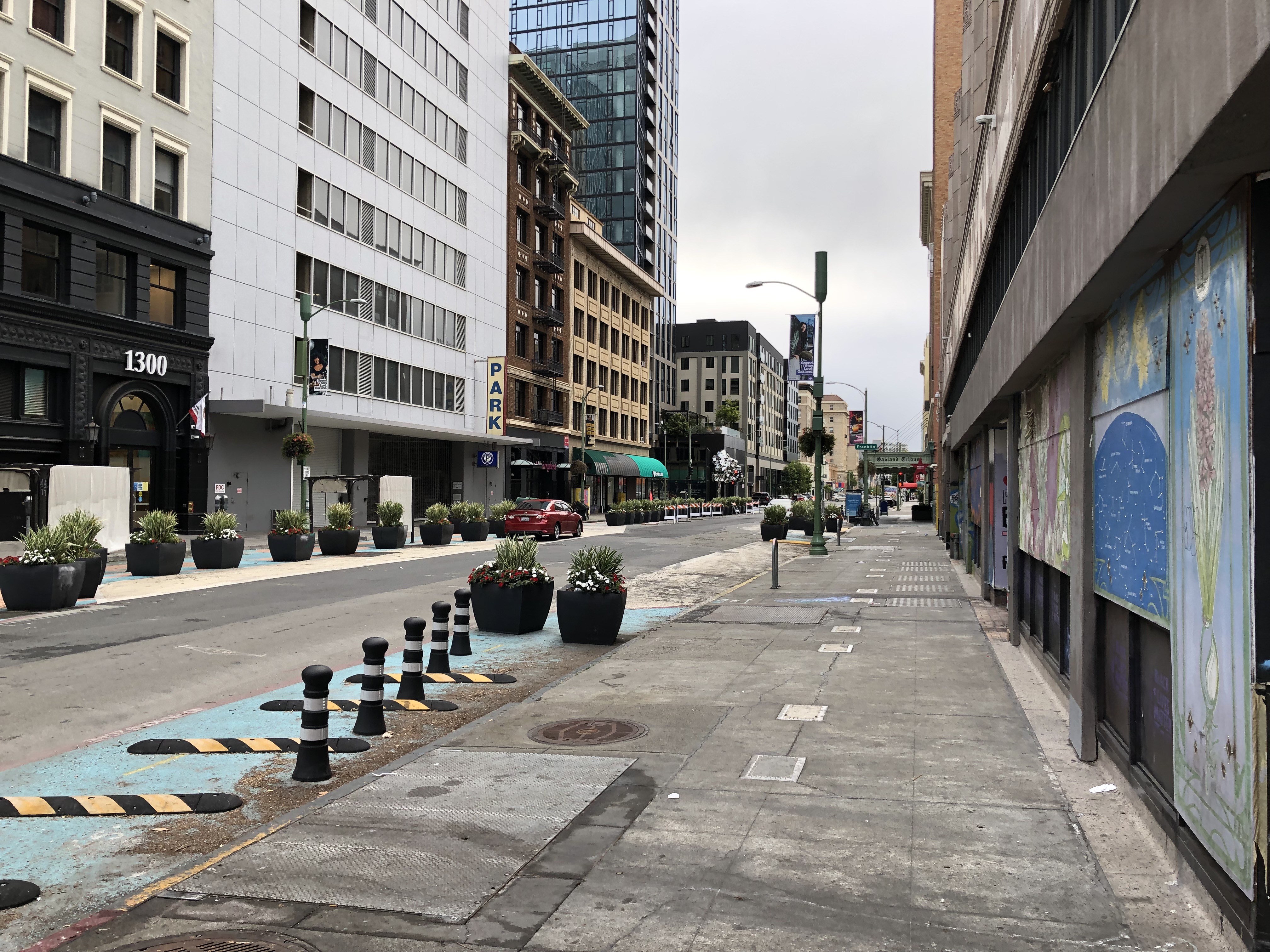






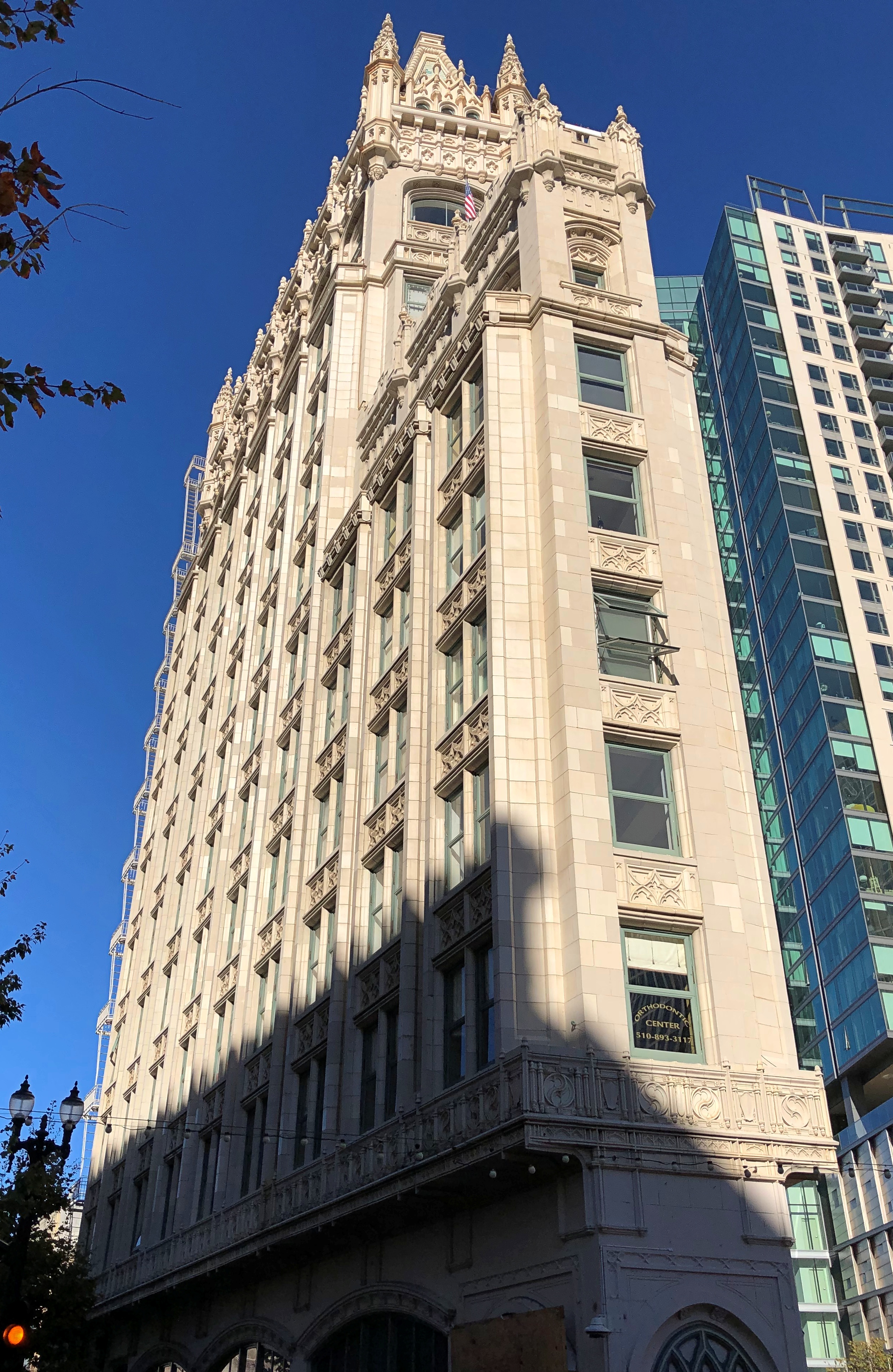


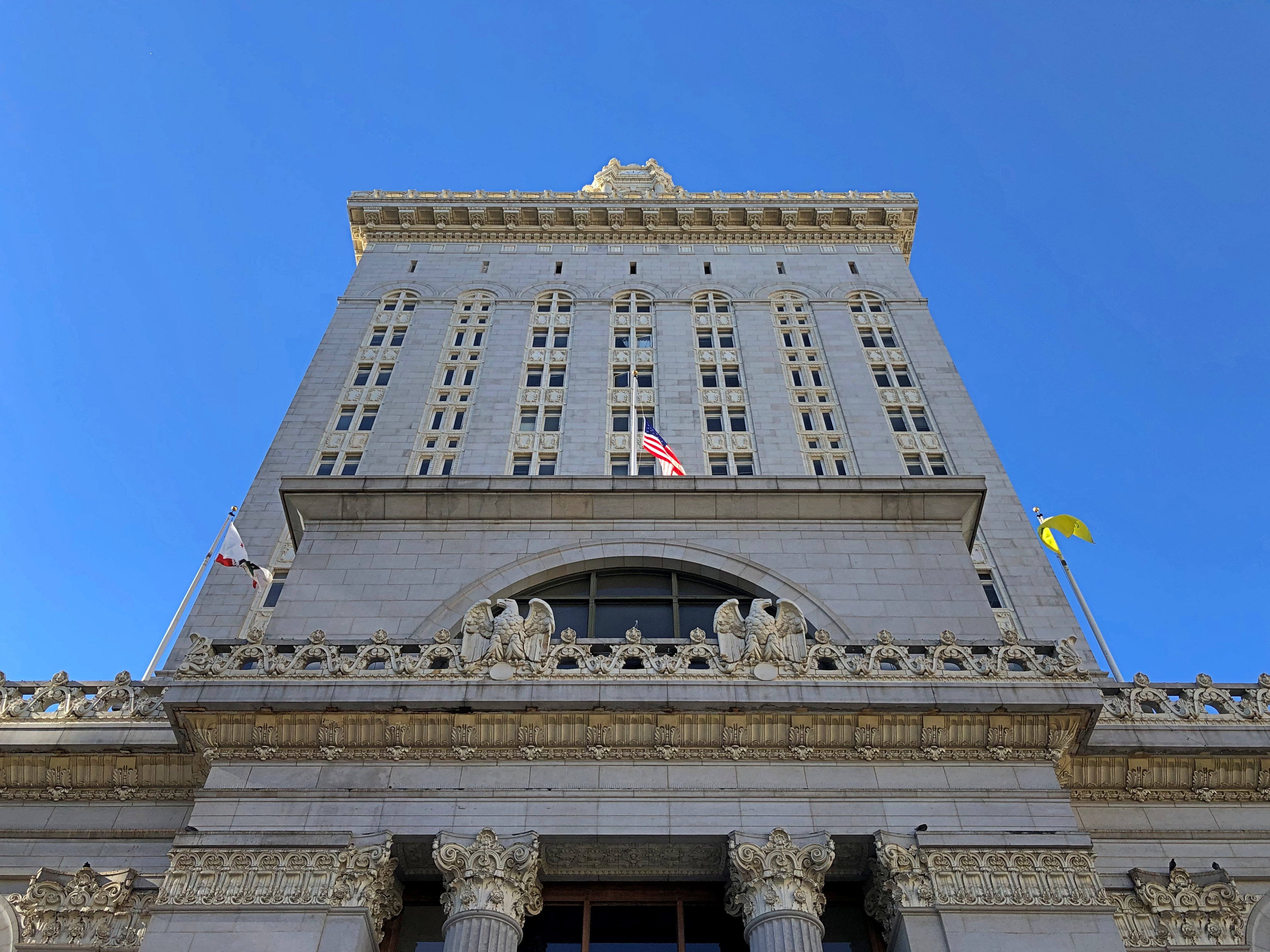


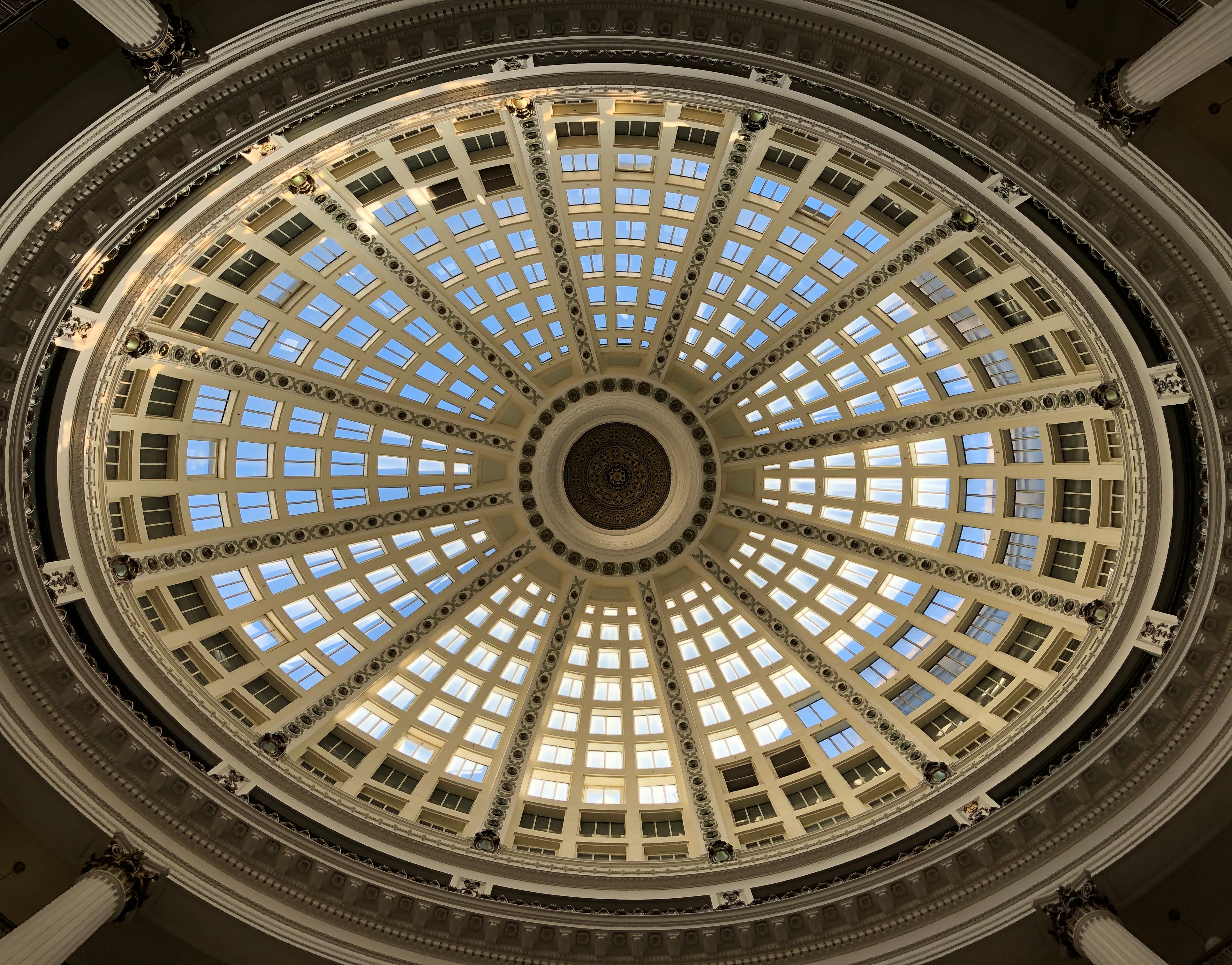

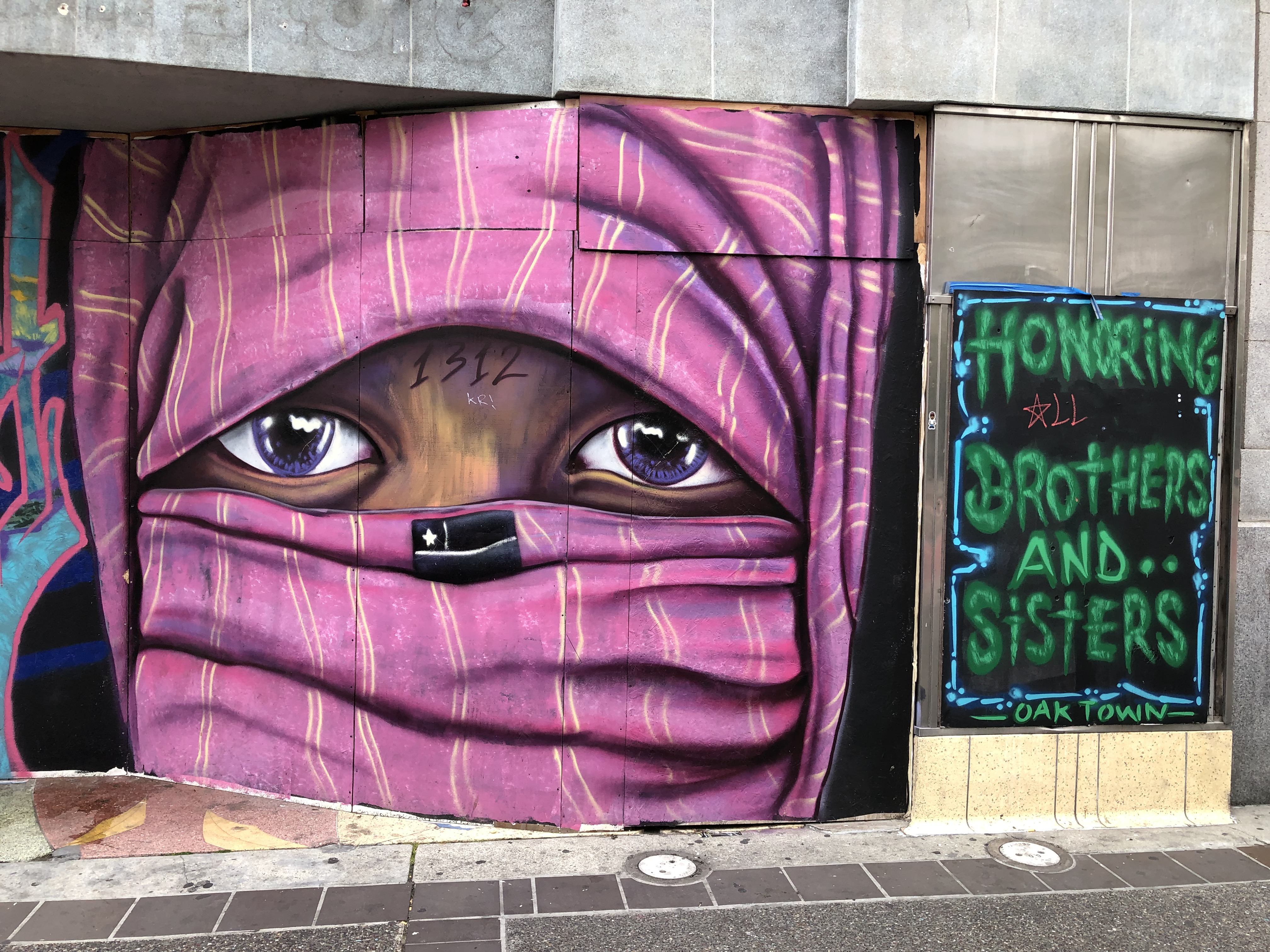



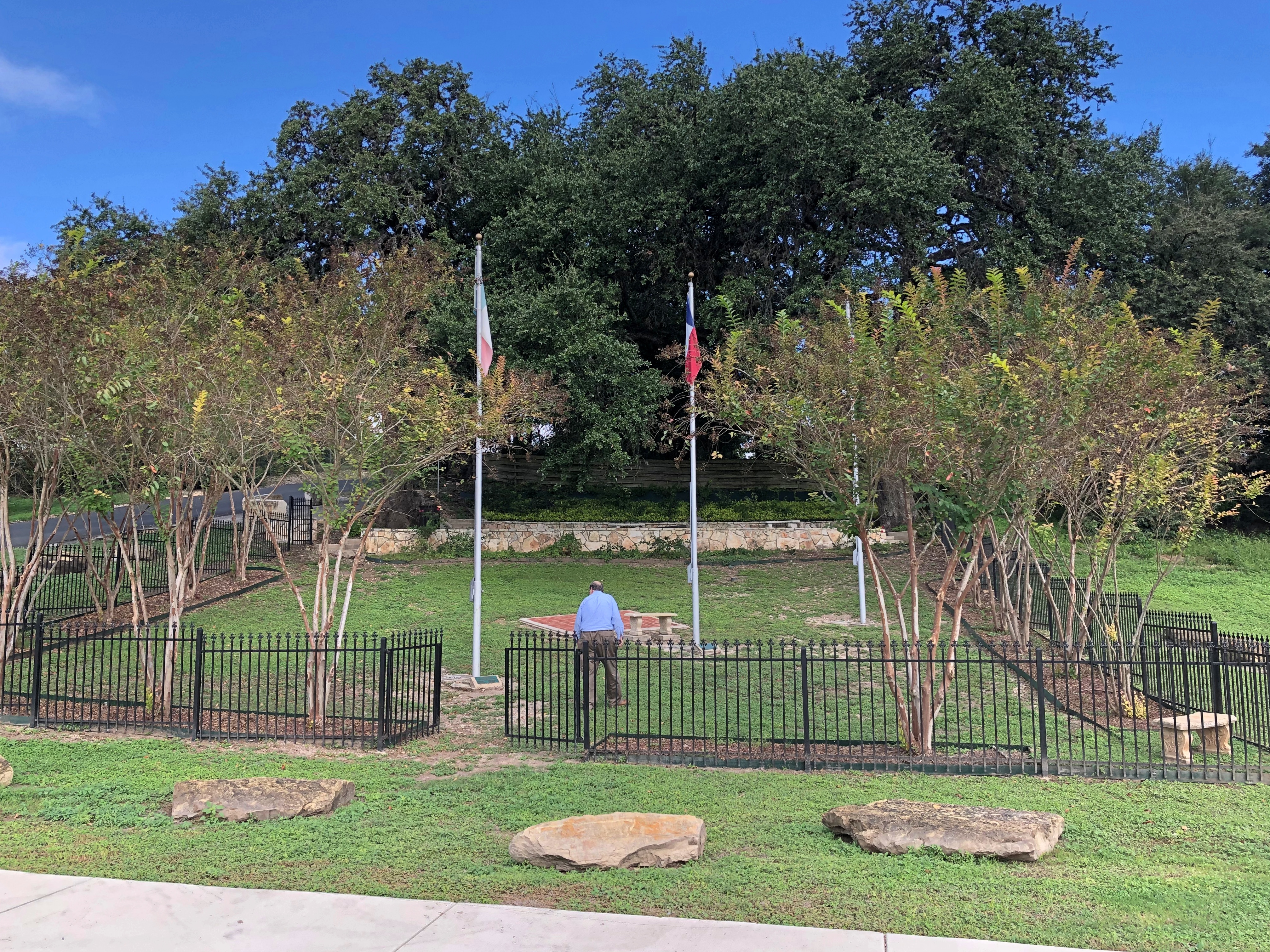
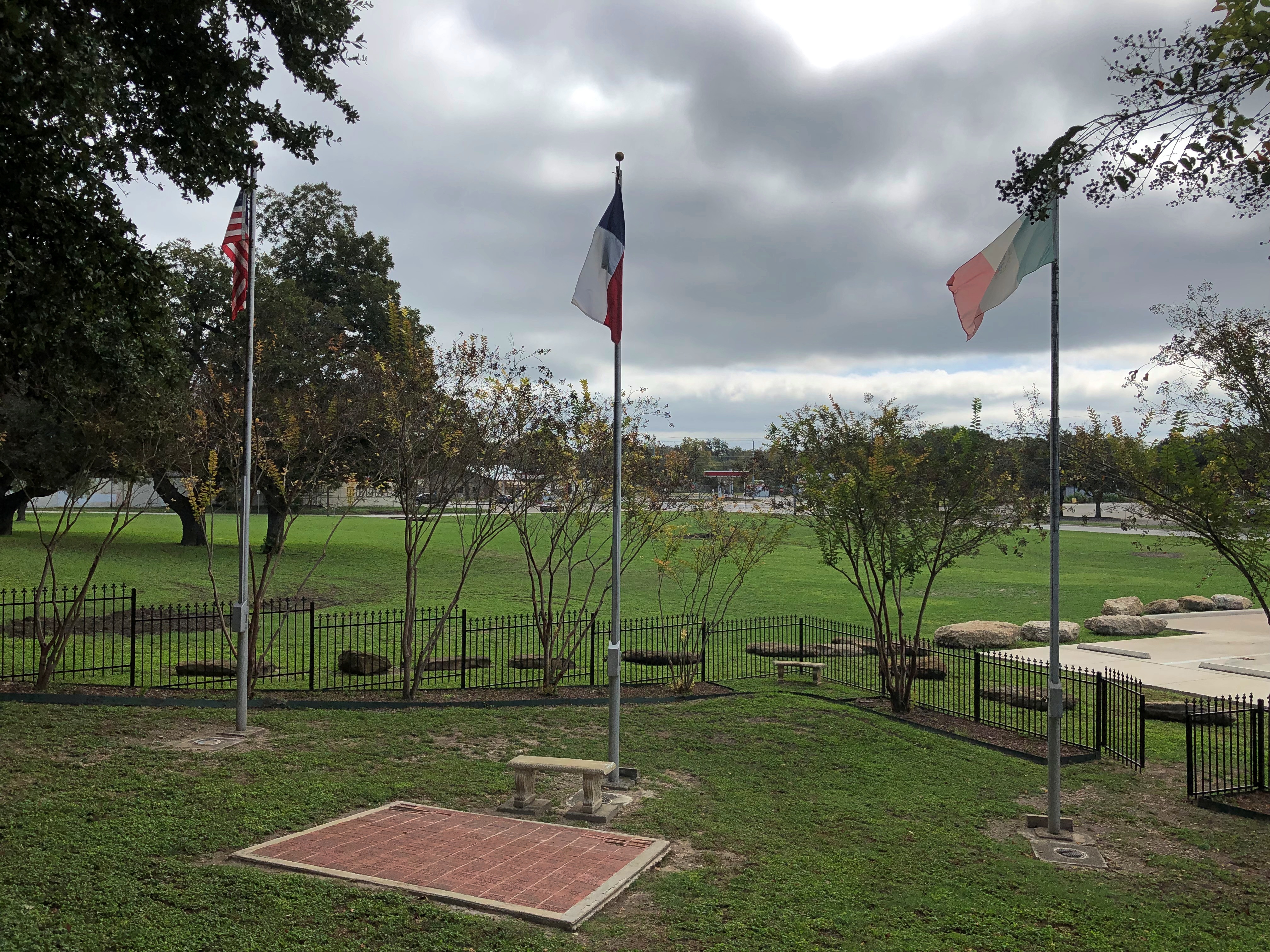

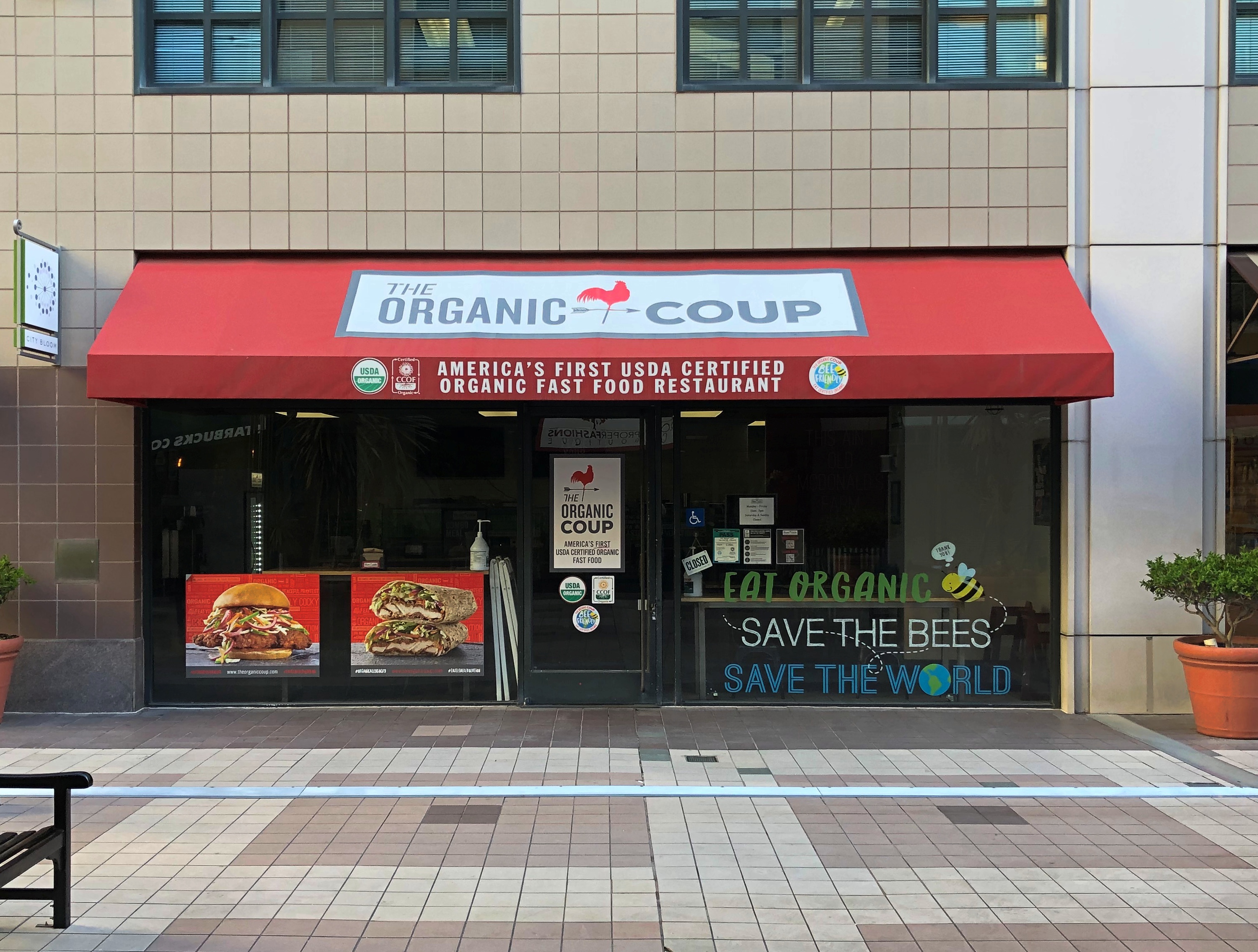
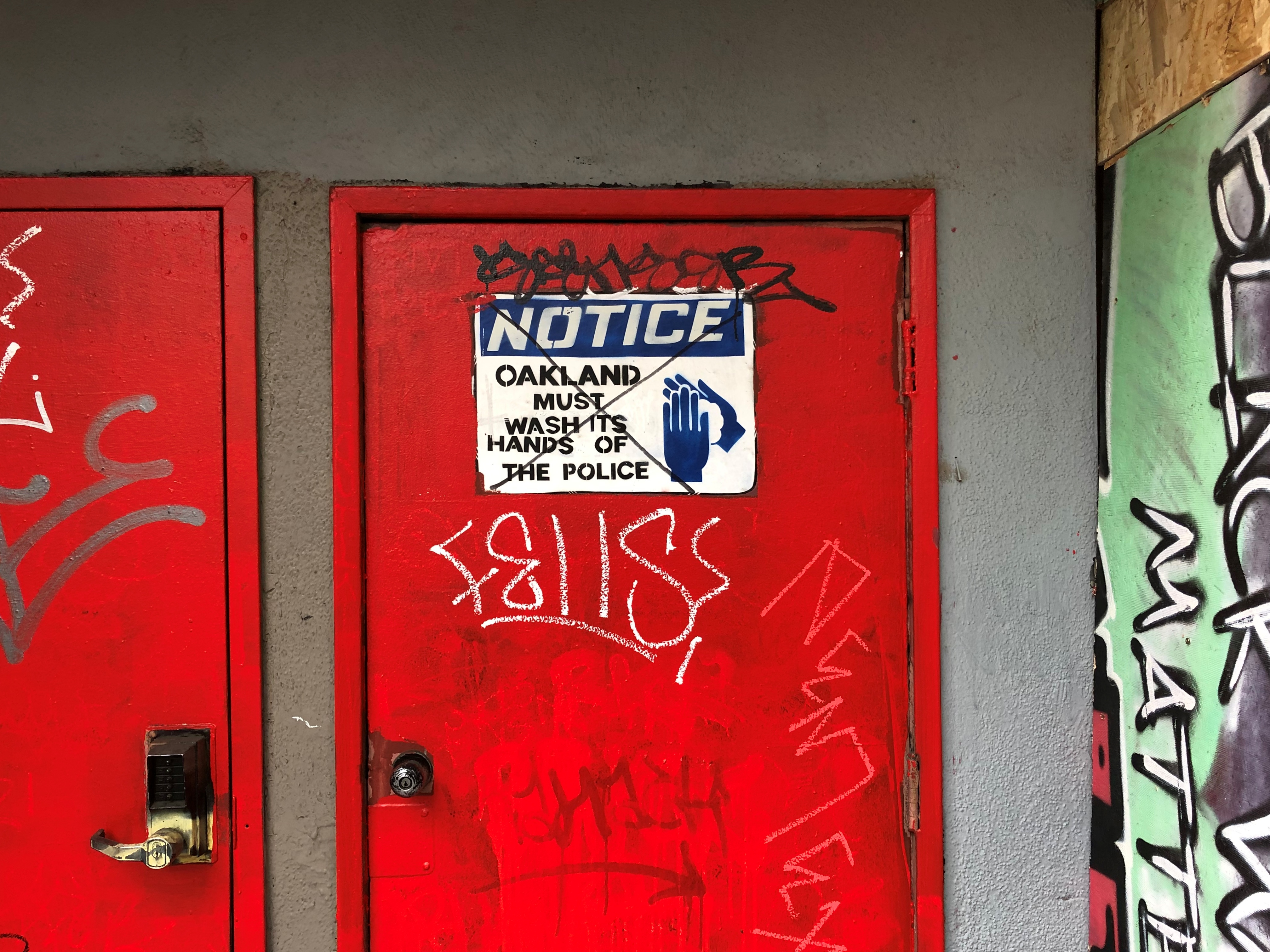
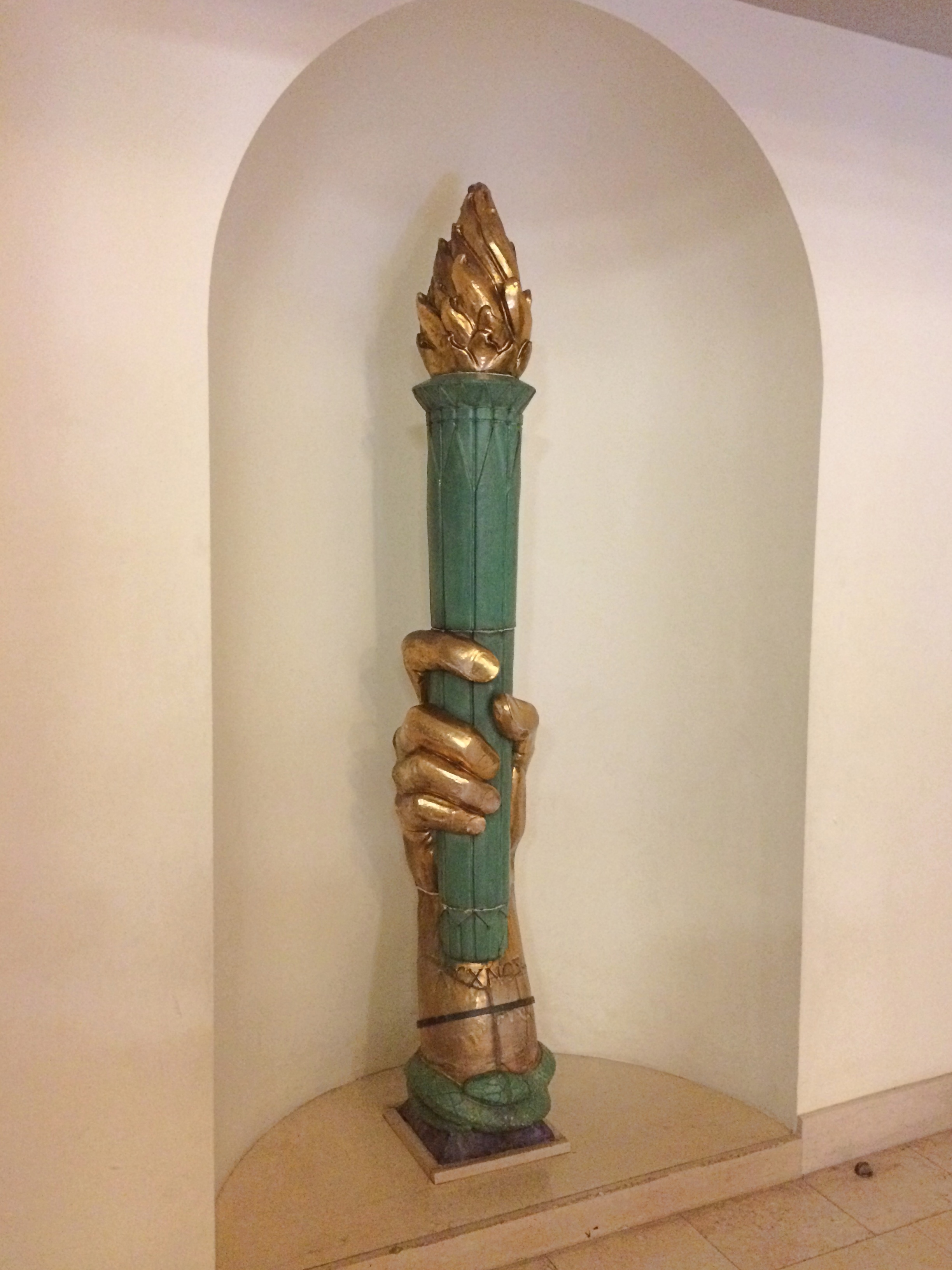
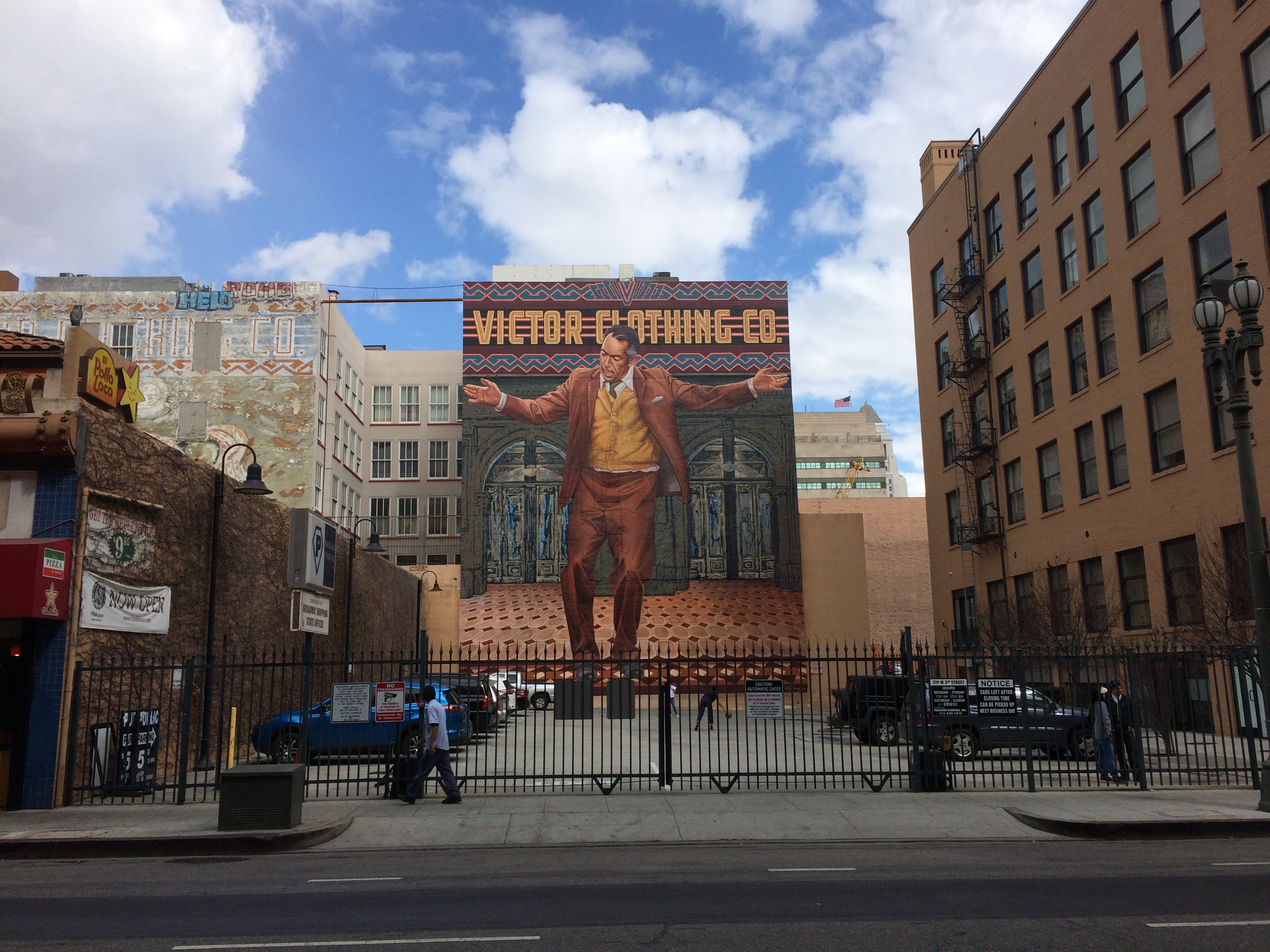
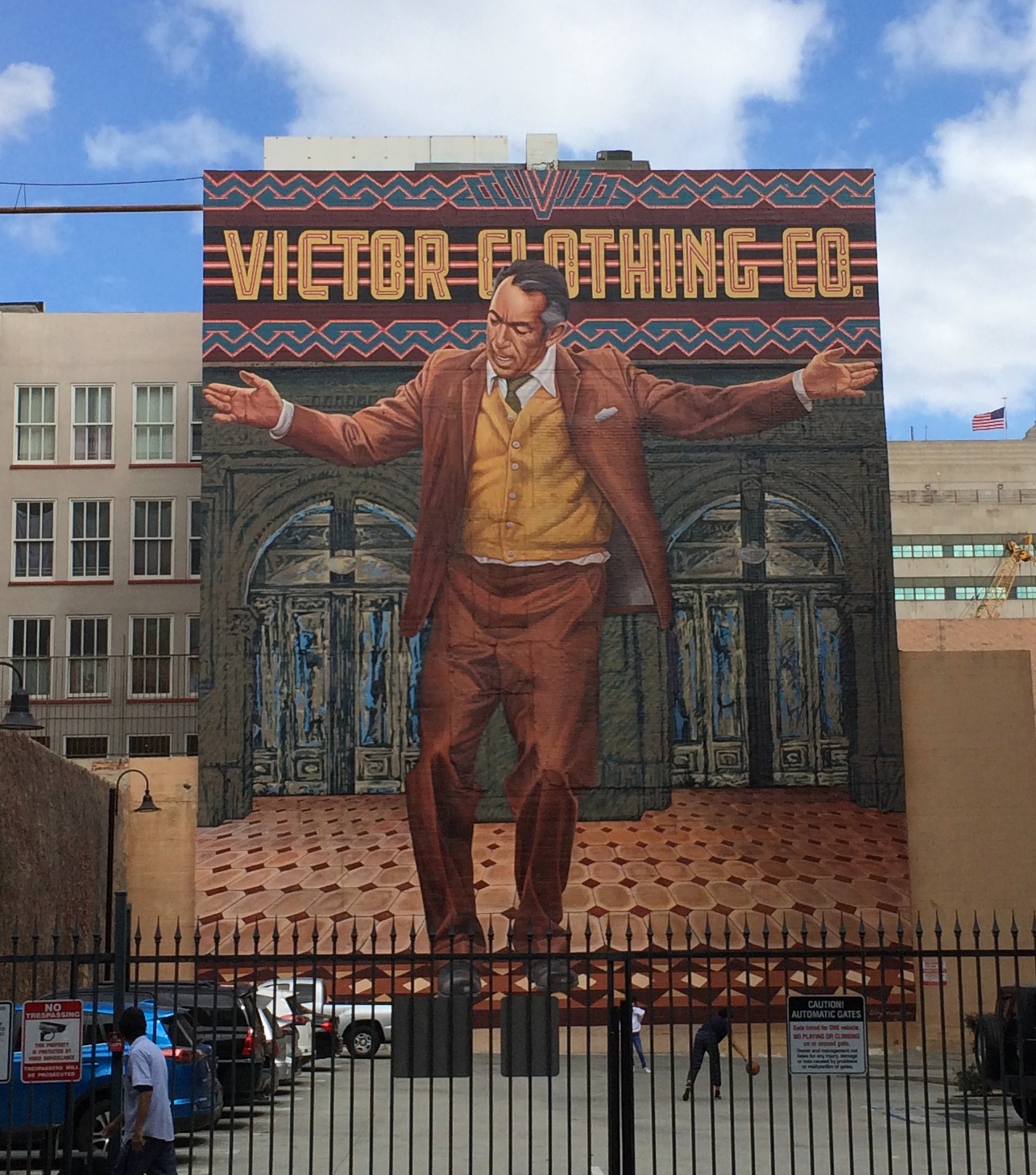

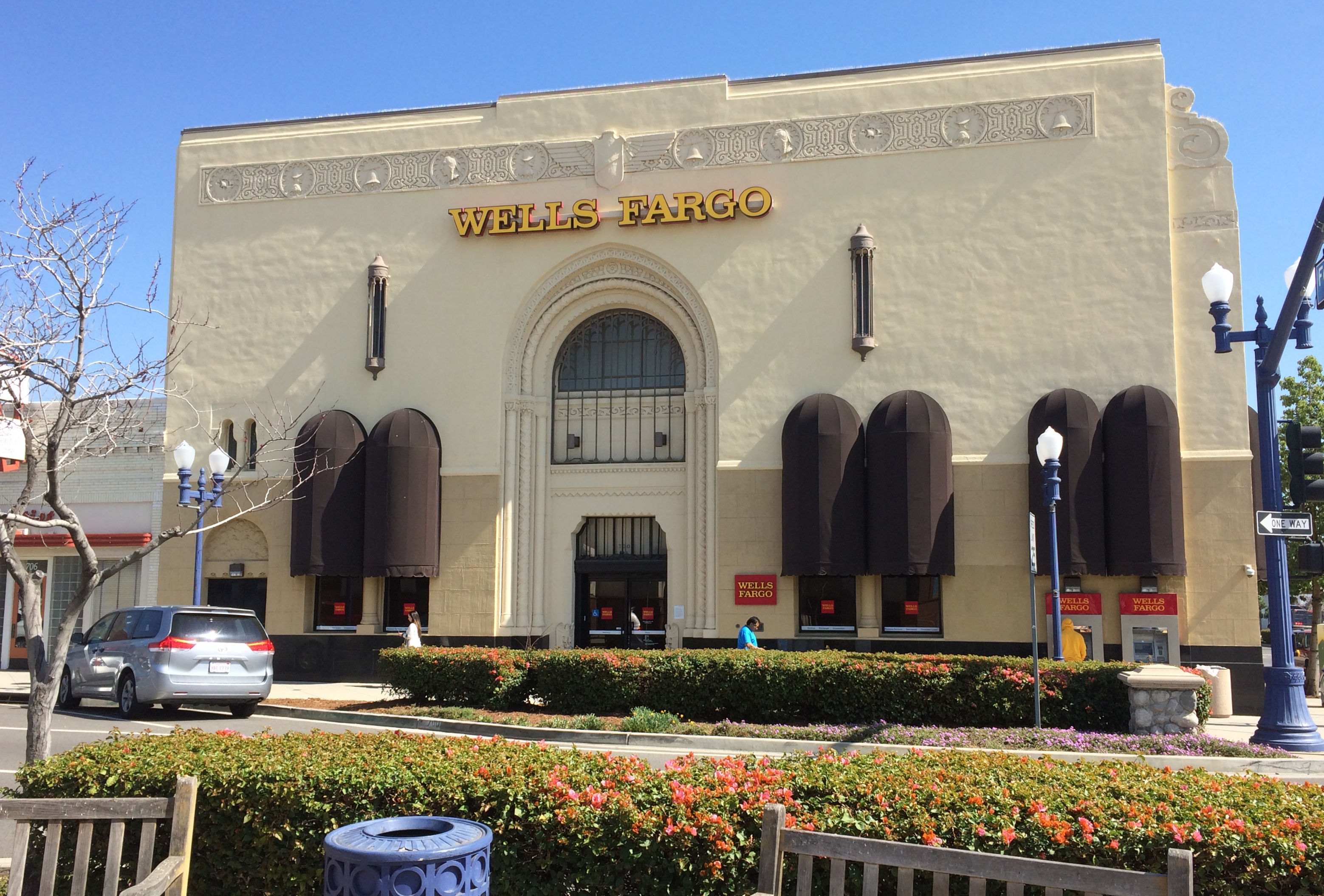
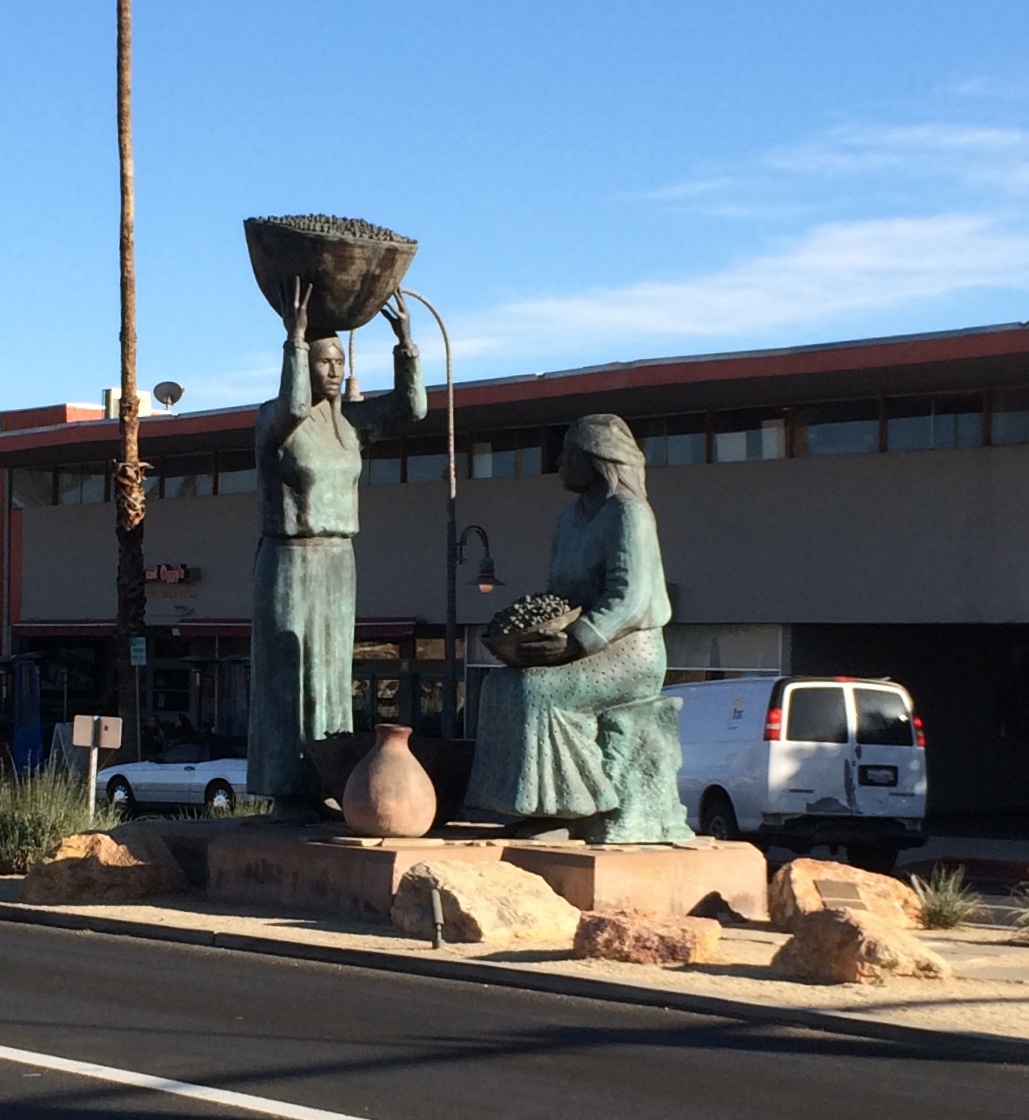
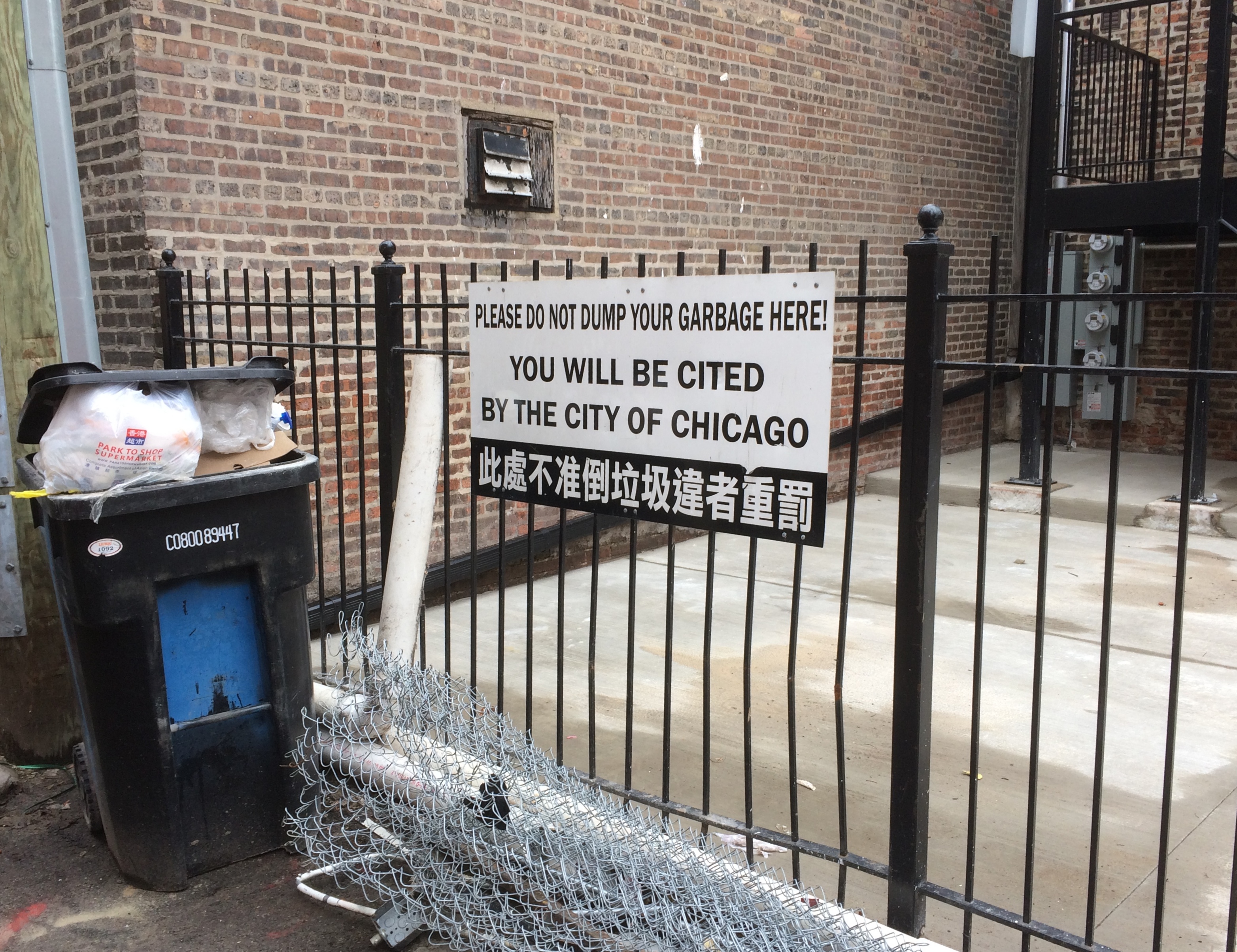
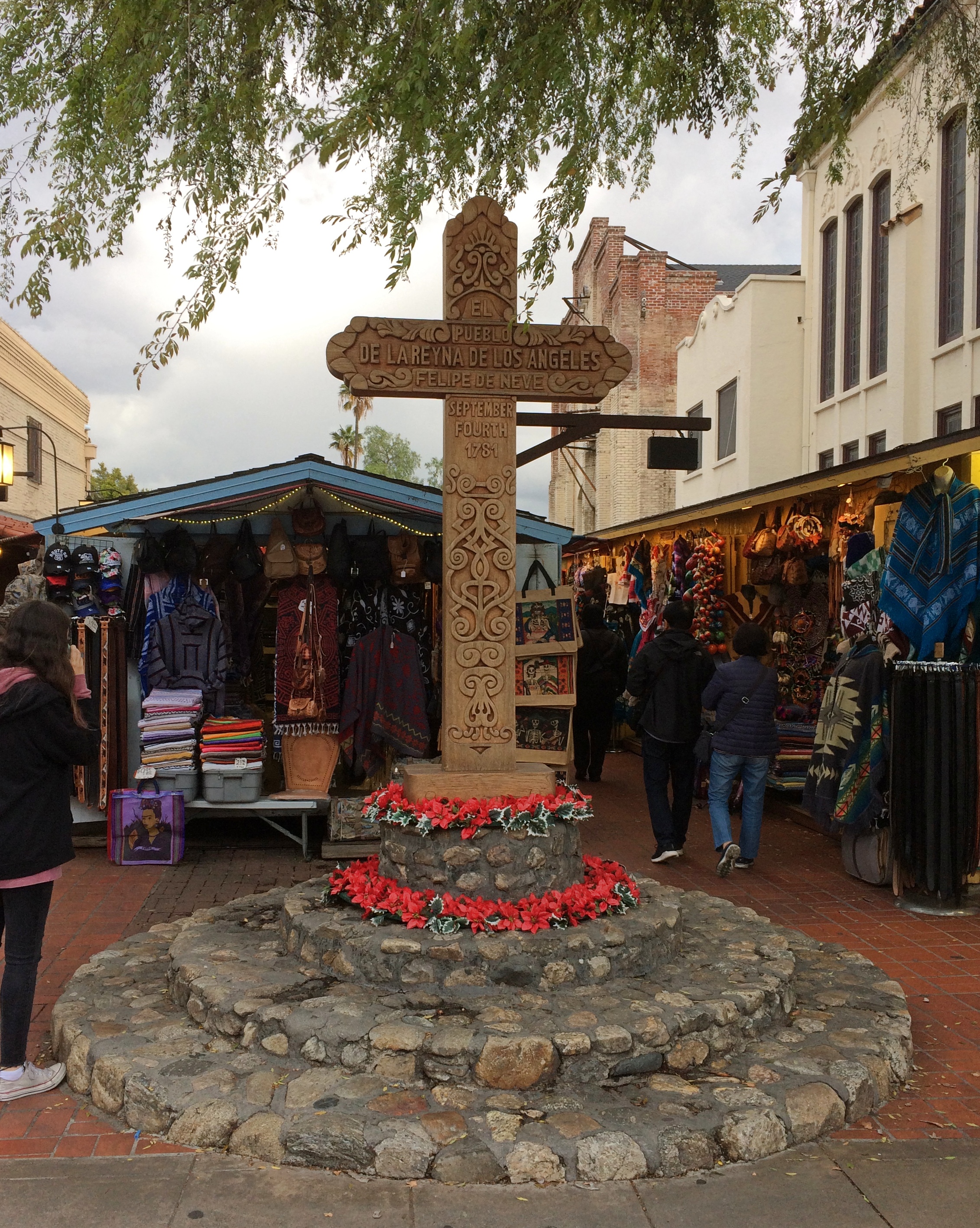
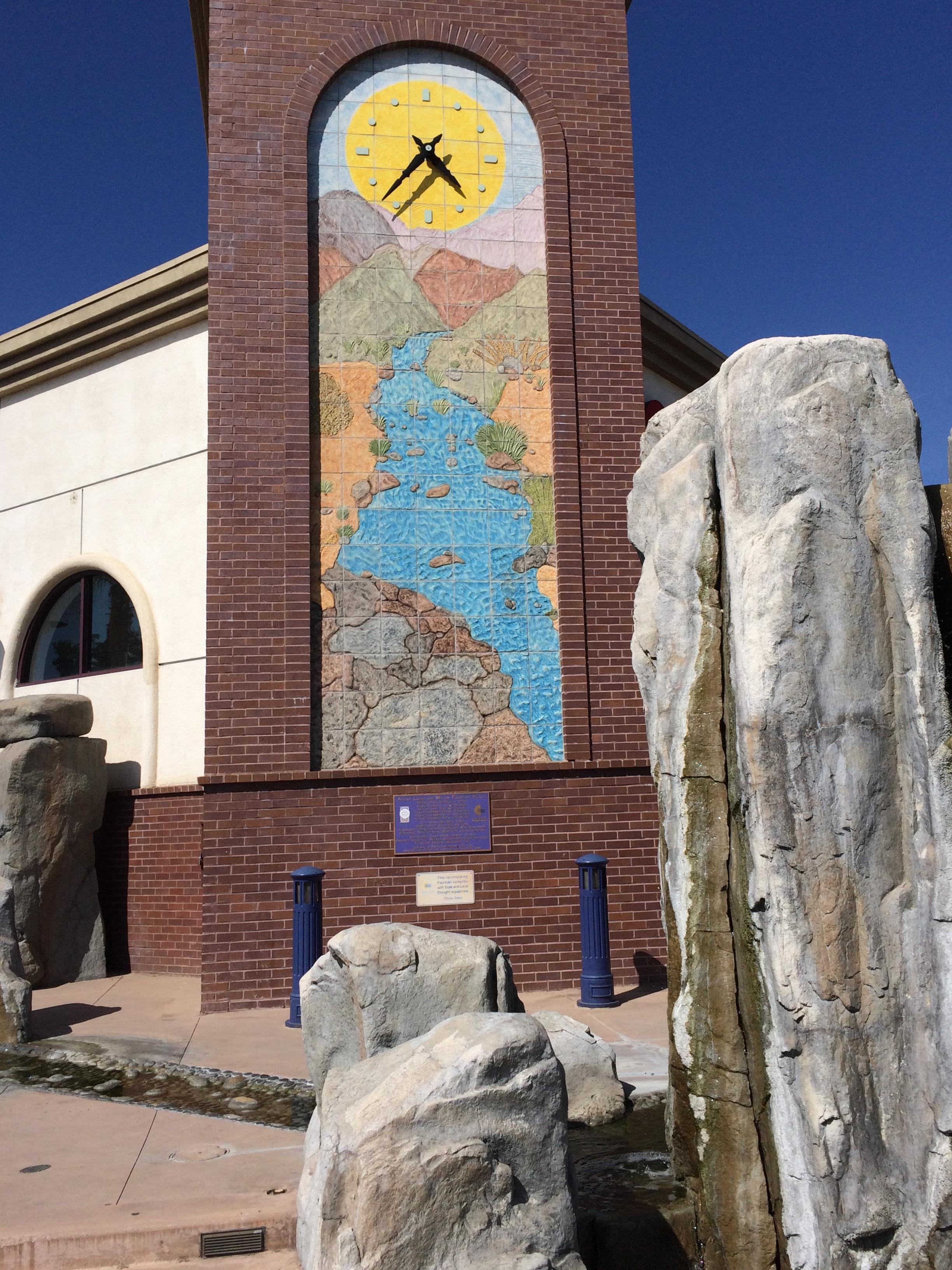
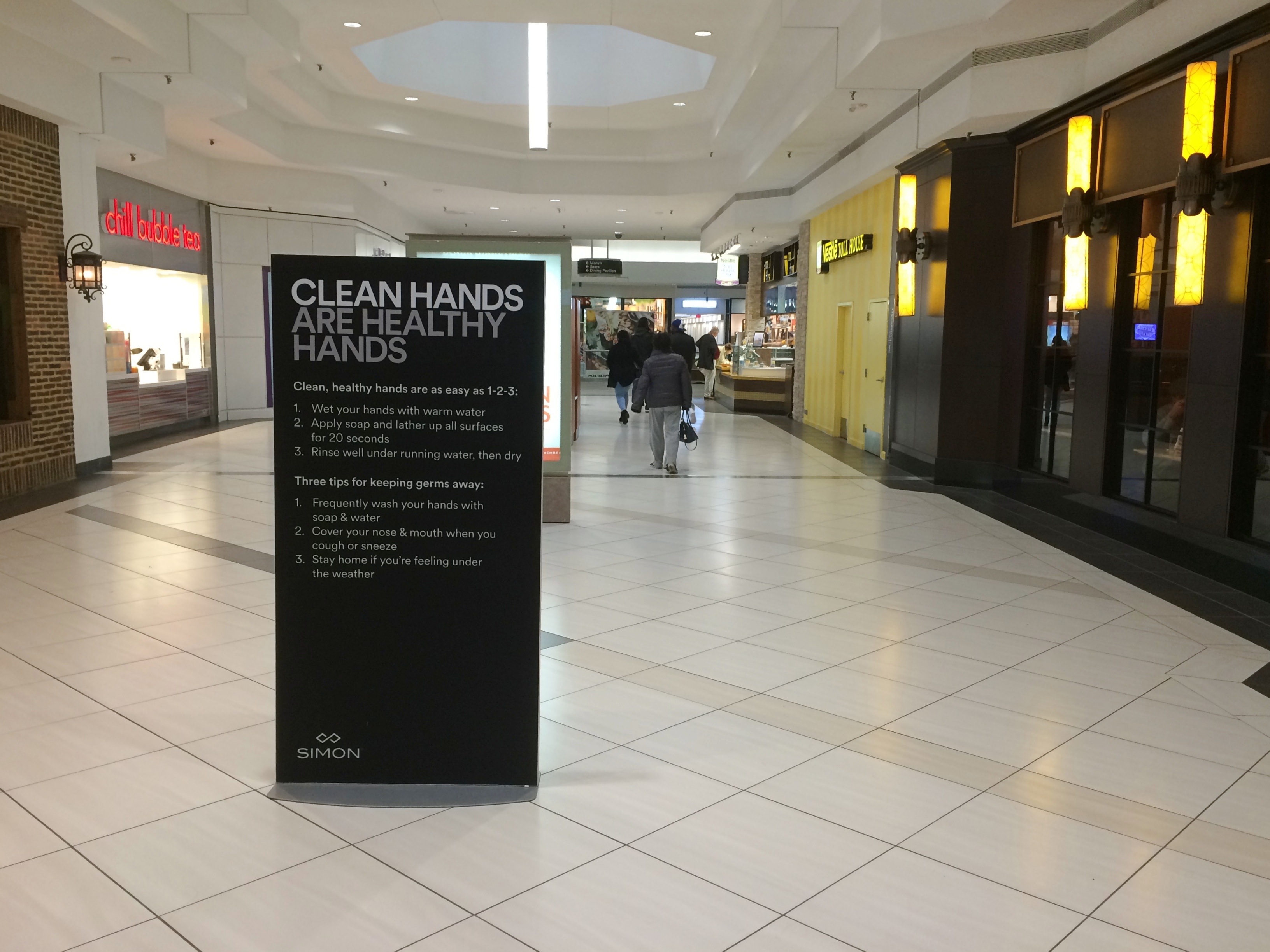
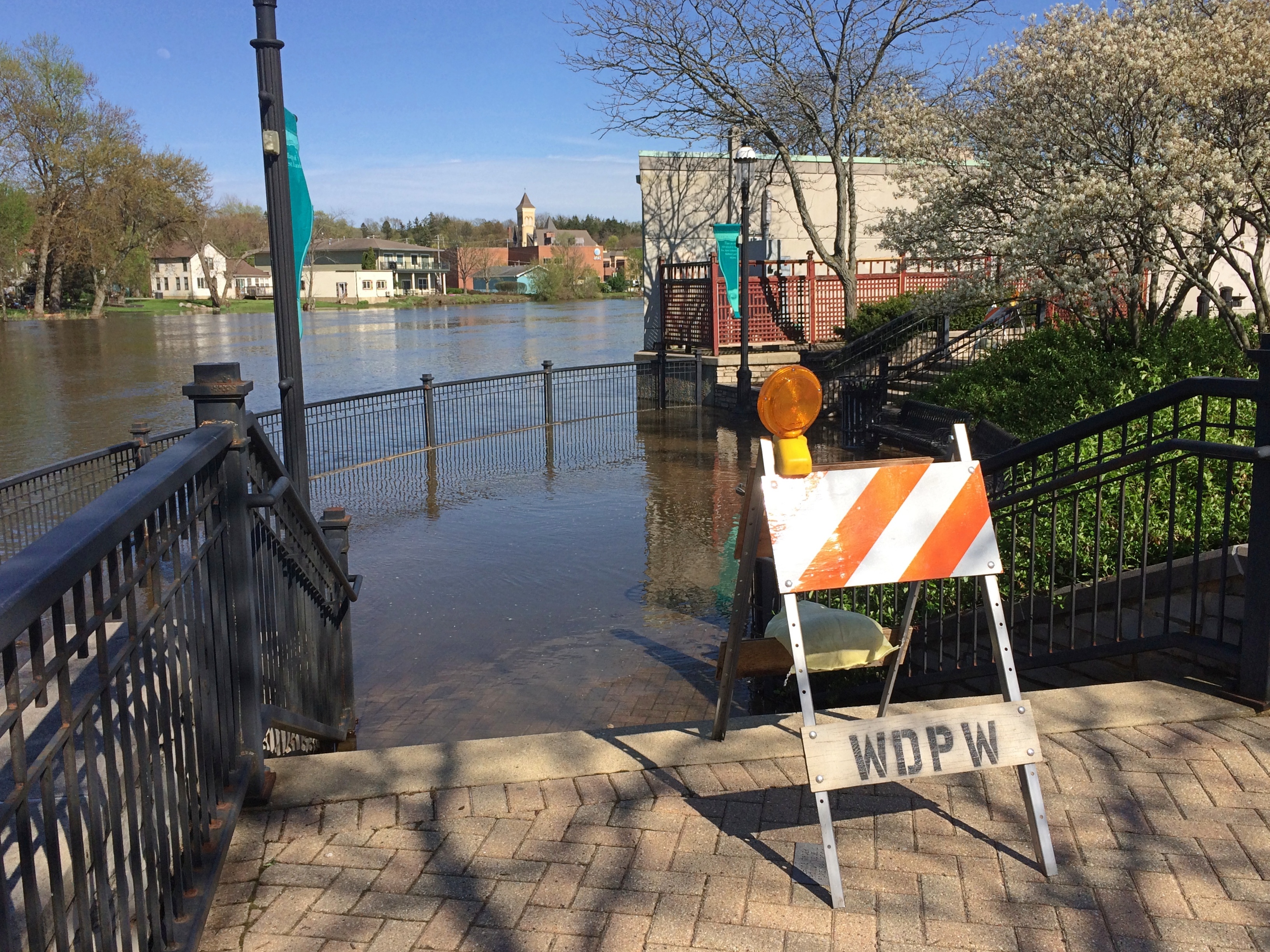
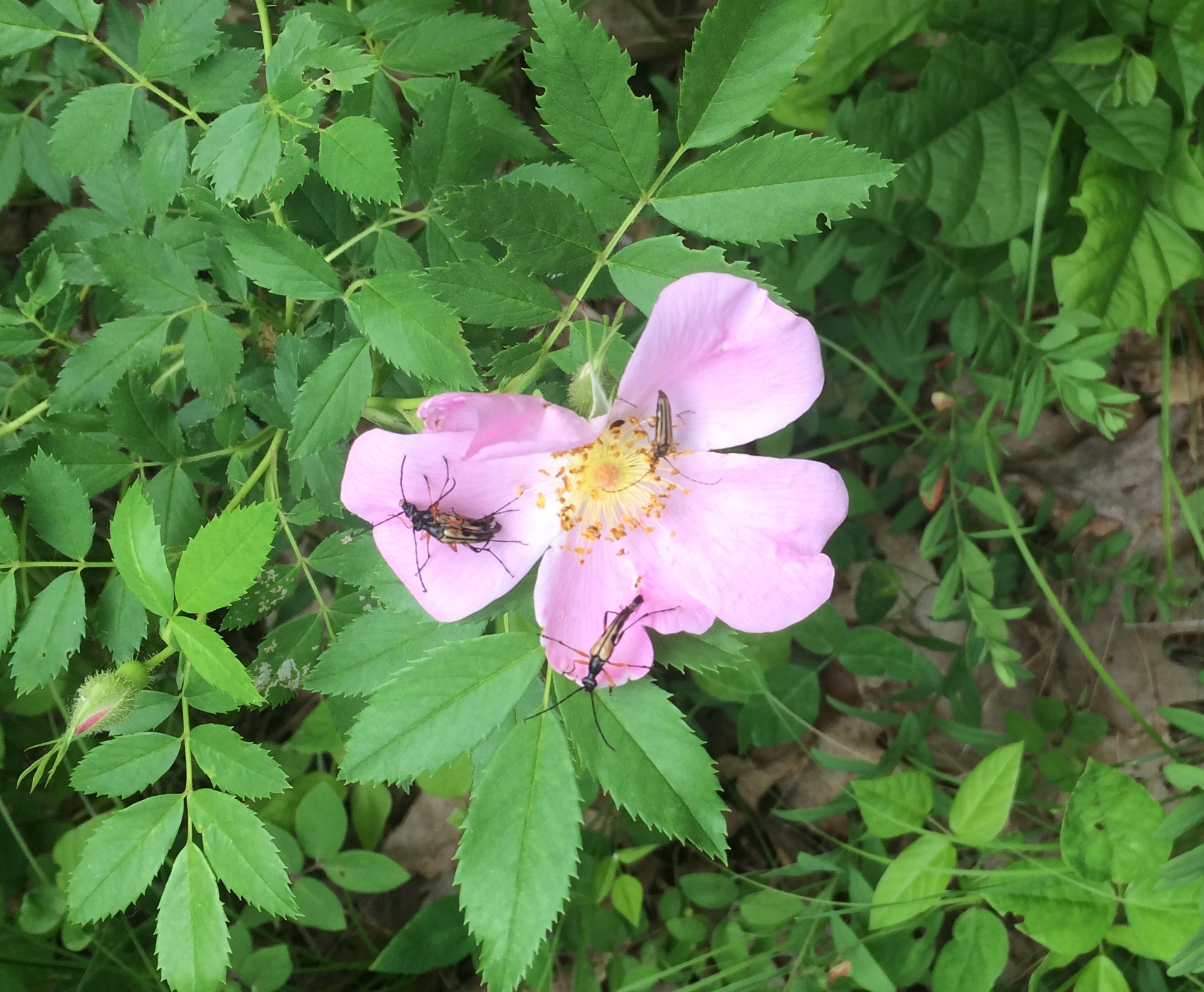
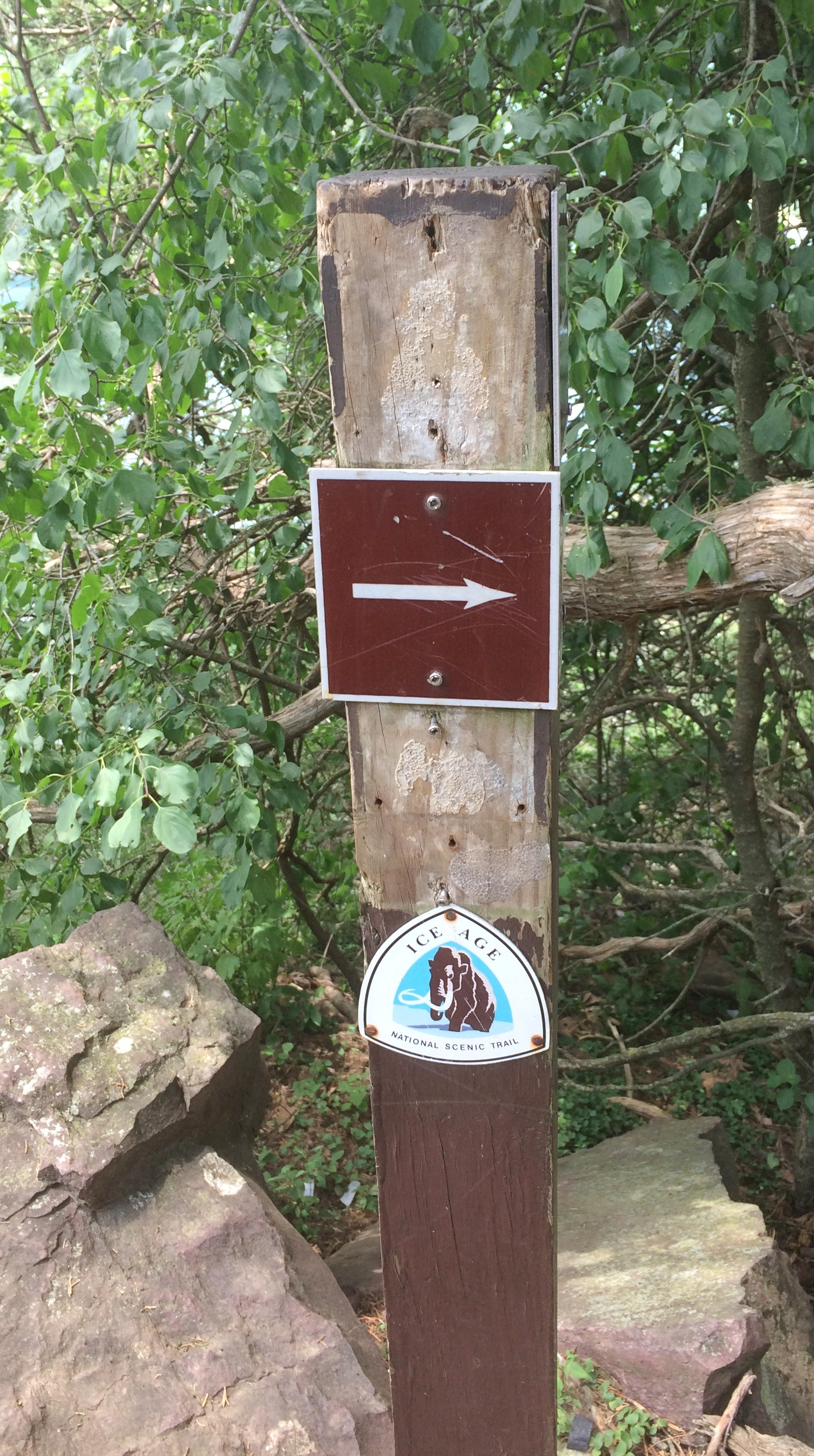 Beverly Shores, Indiana
Beverly Shores, Indiana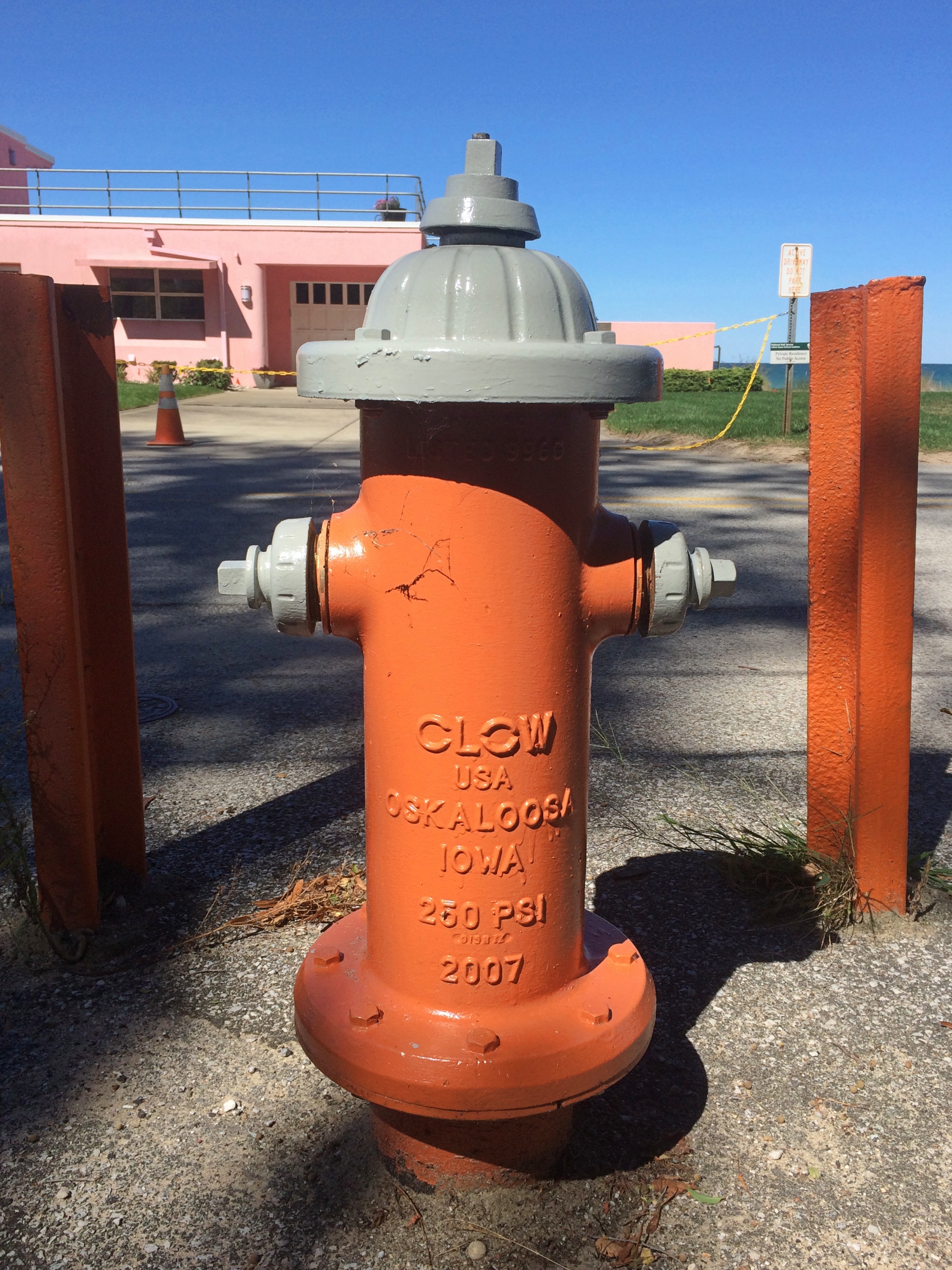
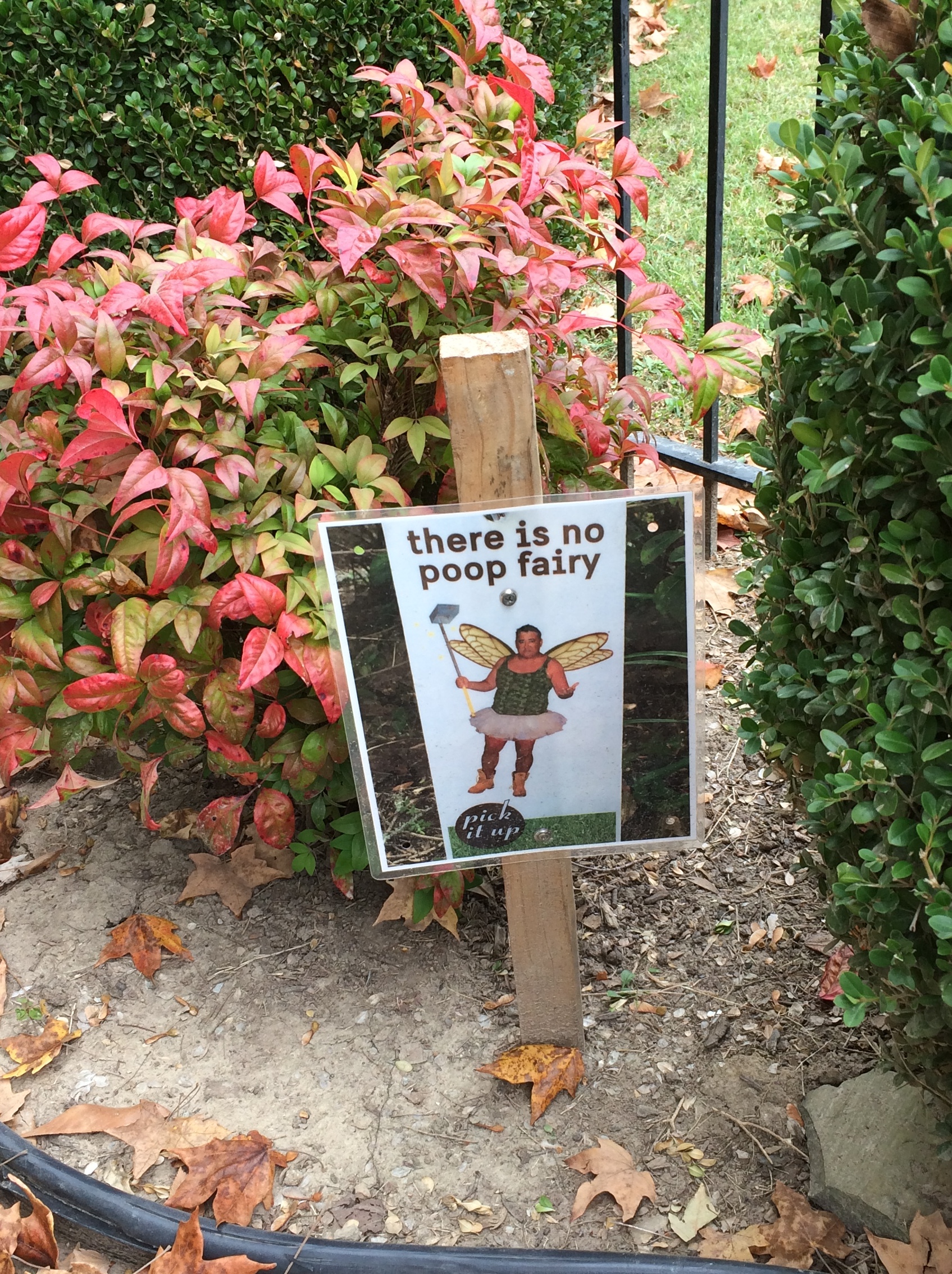 Schaumburg, Illinois
Schaumburg, Illinois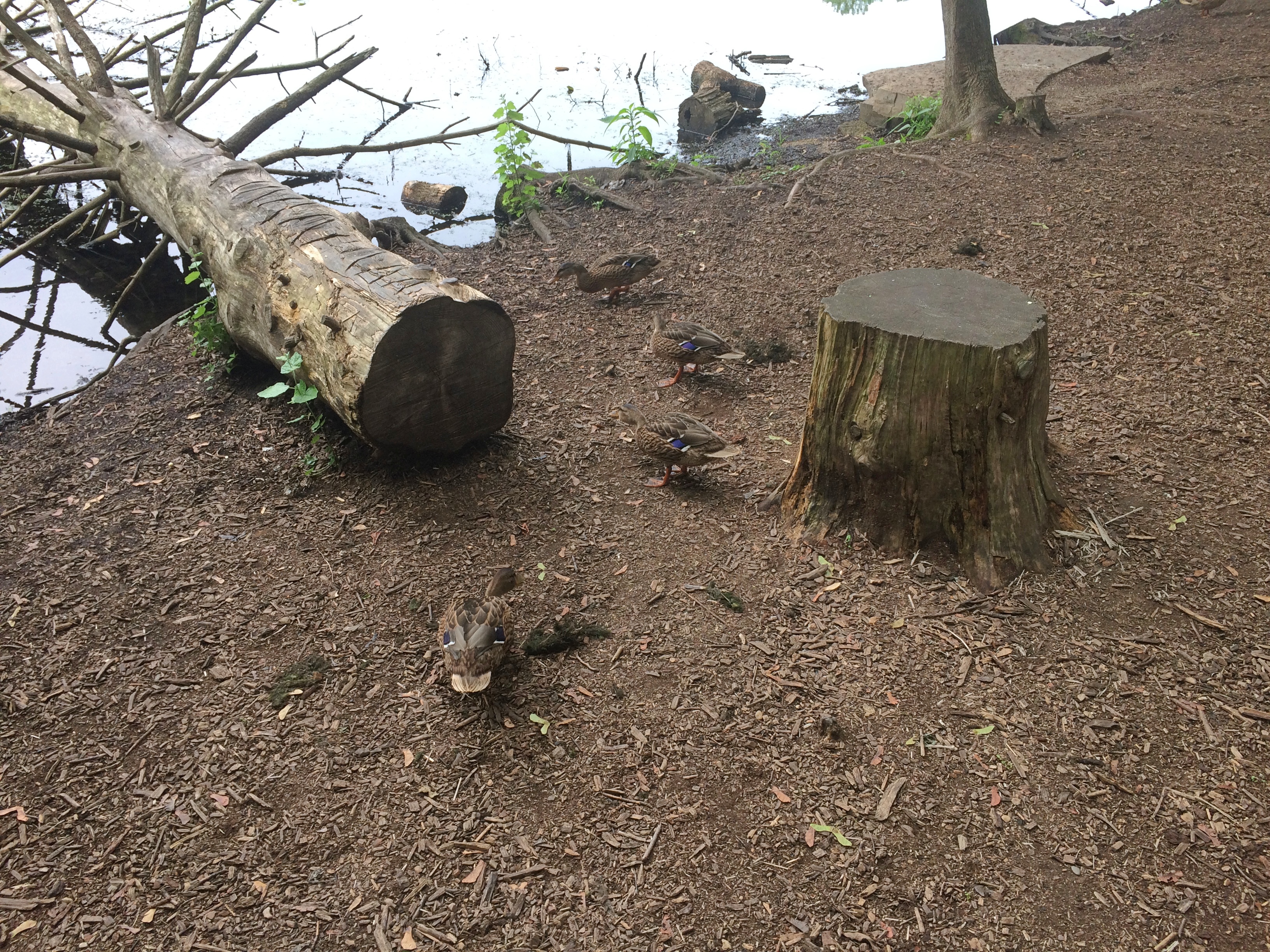
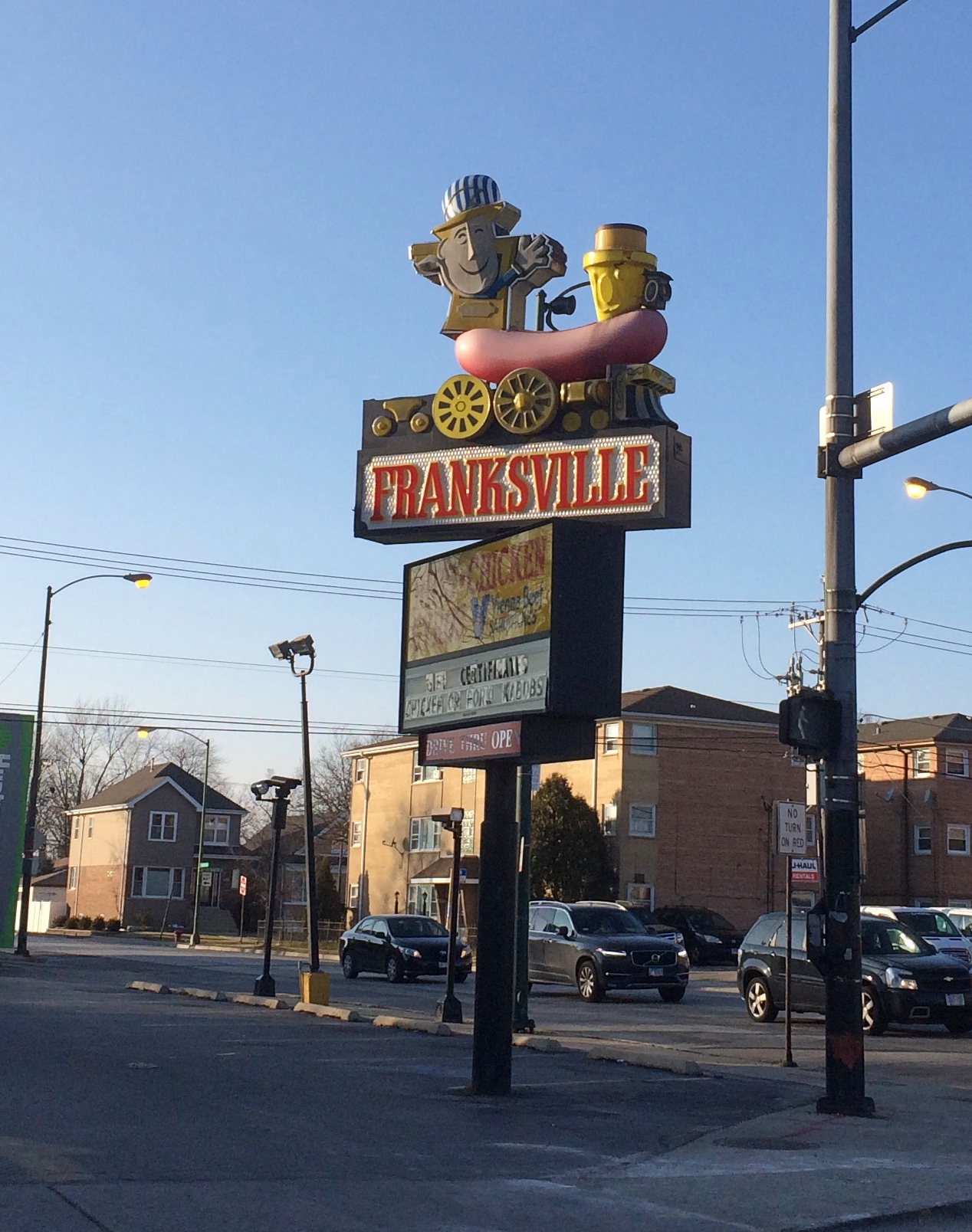
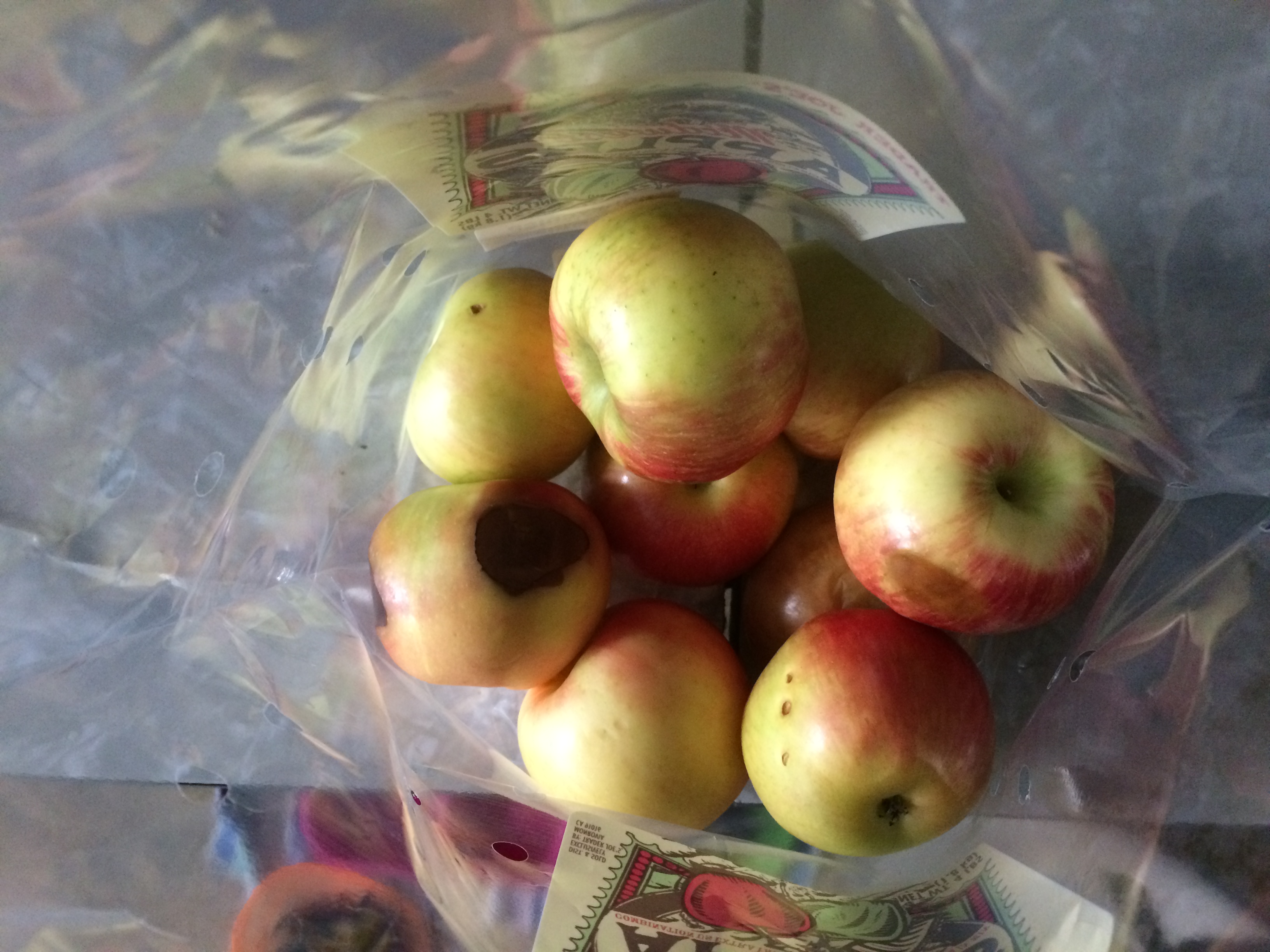

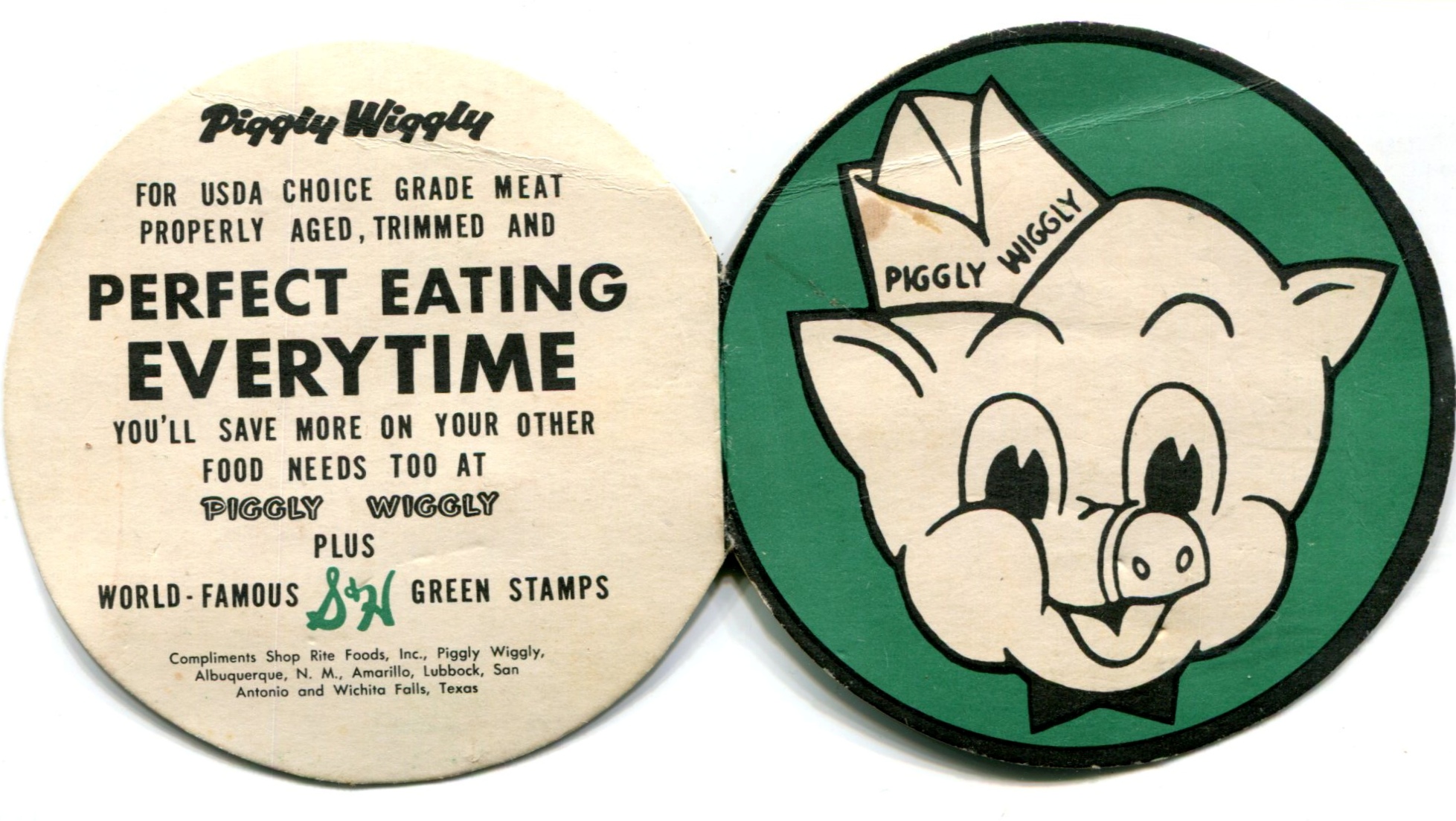
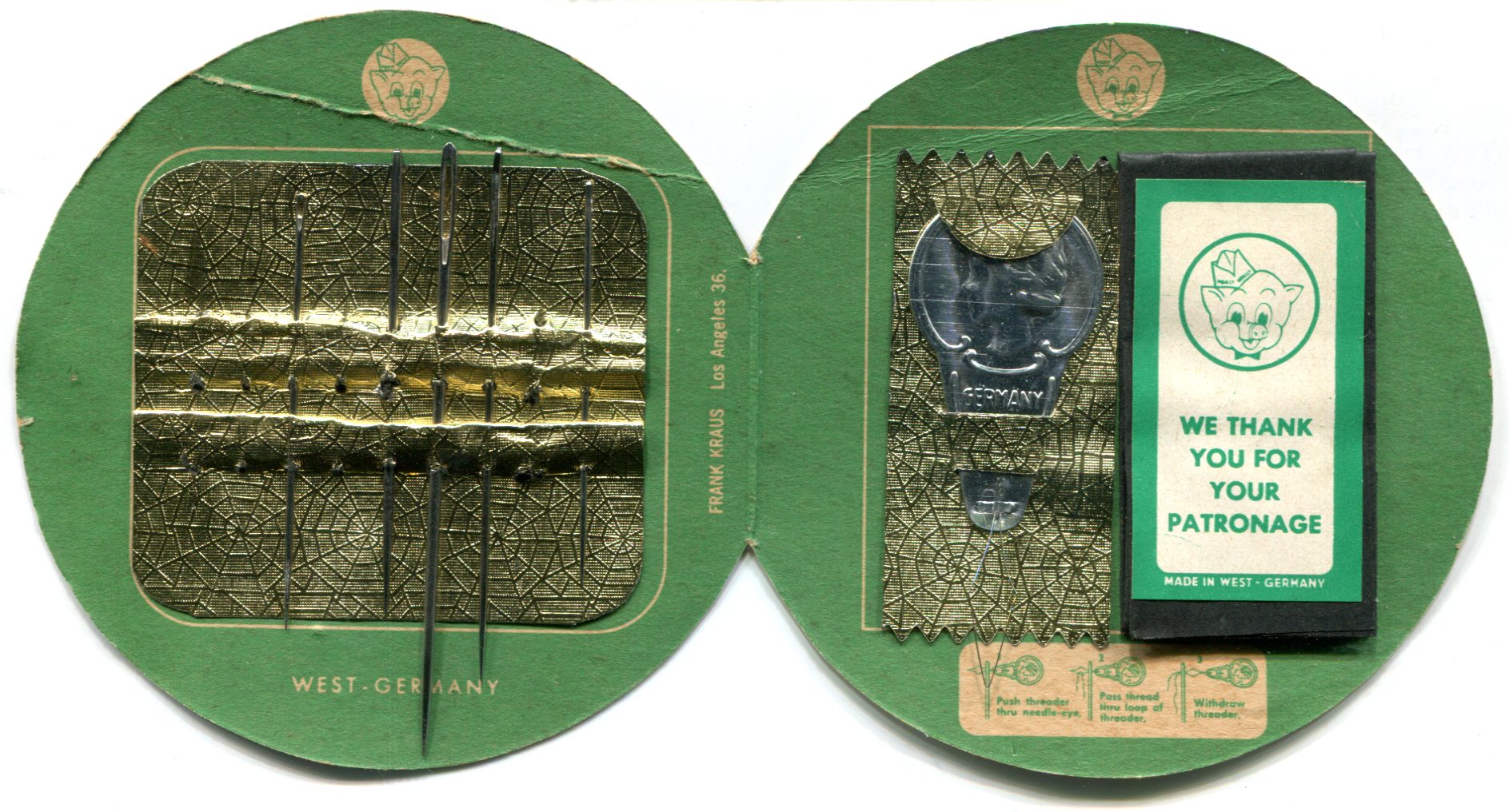 My guess is that my grandmother picked it up at a San Antonio Piggly Wiggly in the 1950s, early ’60s at the latest. Most of the time I believe she shopped at the nearby Handy-Andy in Alamo Heights, but she must have occasionally patronized Piggly Wiggly, which existed in South Texas at the time (but no more: HEB is king in that part of the country).
My guess is that my grandmother picked it up at a San Antonio Piggly Wiggly in the 1950s, early ’60s at the latest. Most of the time I believe she shopped at the nearby Handy-Andy in Alamo Heights, but she must have occasionally patronized Piggly Wiggly, which existed in South Texas at the time (but no more: HEB is king in that part of the country).